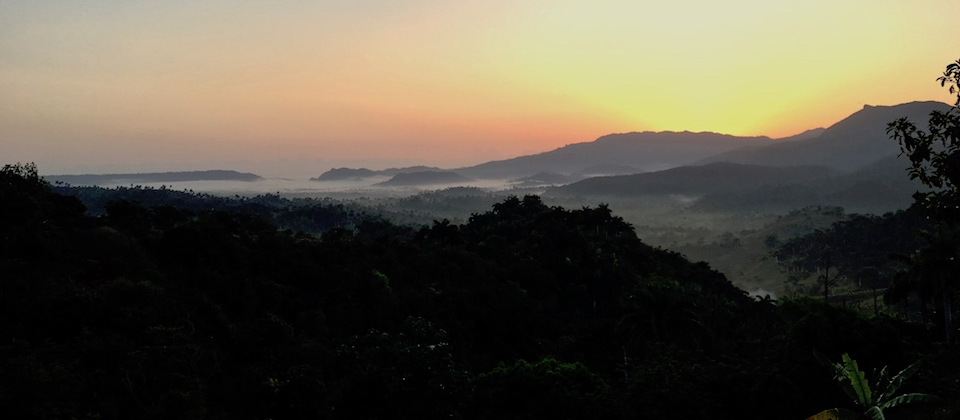
Published on 22 June, 2019.
A Cuba road trip of your dreams – from Baracoa across the Sierra del Purial mountains to the Maisí-Caleta Ecological Reserve and the deep blue Windward Passage, then back to Baracoa along the Atlantic coastline and through verdant valleys…
Here’s our travel photography & nature photography album, plus our field notes for this rare, unique and thrilling day trip waiting for adventurous Cuba travellers. Drive a rental car or hire a taxi for the day – but do not miss this pleasurable experience!
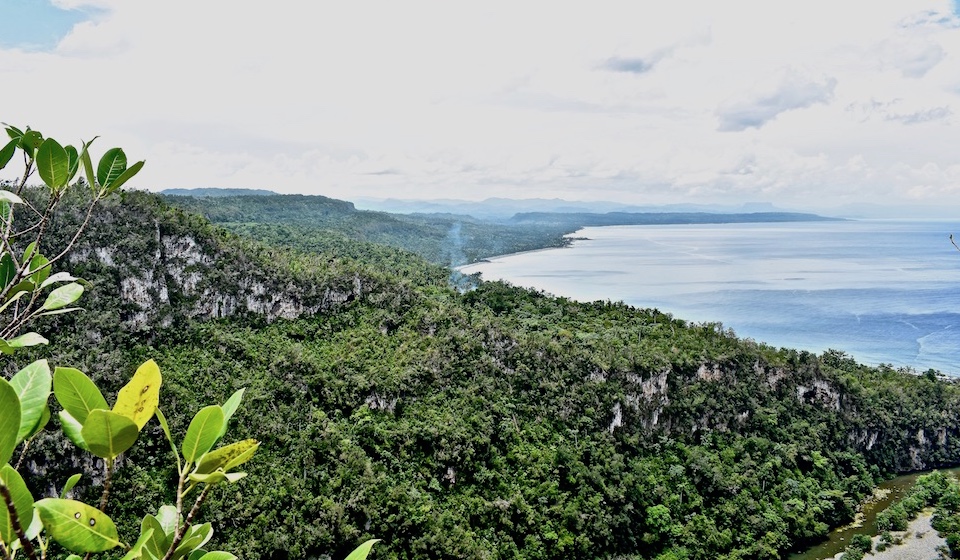
This driving excursion is great for:
- Road Trip Lovers: dramatic mountain and coastal landscapes, rural communities, beaches…
- Off the beaten path travel fans: the Maisí southern coast remains unknown to all but a very, very few Cuba travellers.
- Nature lovers: shifting habitats feature a wide range of endemic flora and fauna species, plus birdwatching opportunities.
- History buffs: visit Playitas de Cajobabo, where José Martí disembarked April 11th, 1895 to fight for Cuba’s Independence from Spain.
First stretch: crossing the Sierra del Purial mountains
One of the most scenic roads in Cuba, La Farola is beautiful any time of the day. Having said that, we seriously submit that you shouldn’t miss the sunrise landscapes as you zig-zag up and across the Sierra del Purial mountains…
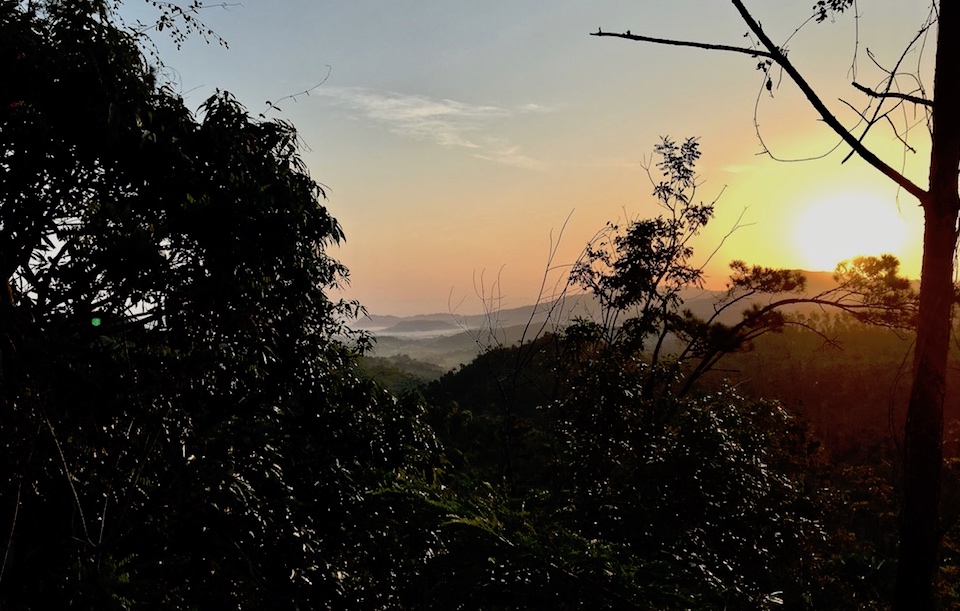
Baracoa is the greenest, lushest region in the country. The early sun rays sift through the rising haze from valleys and hills while you drive southwards from the Atlantic to the Caribbean coast.
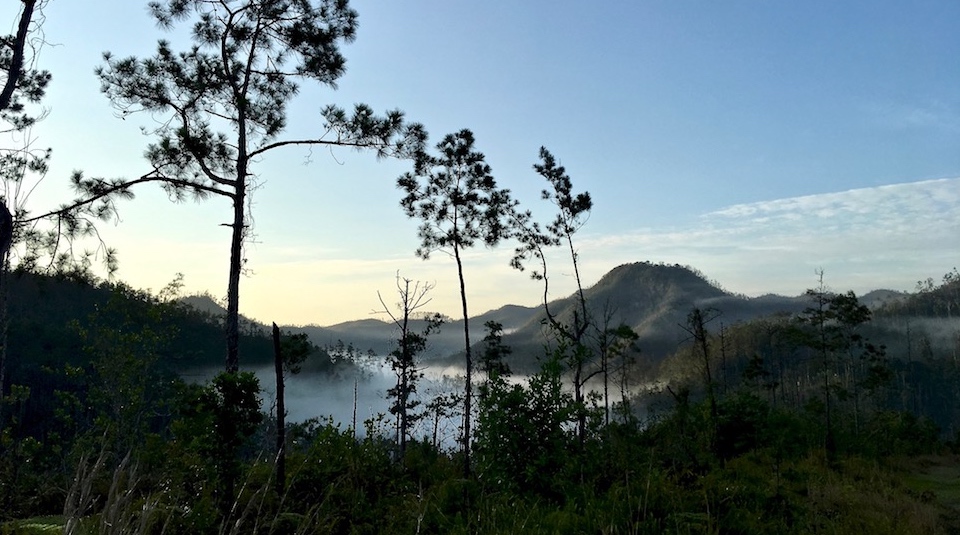
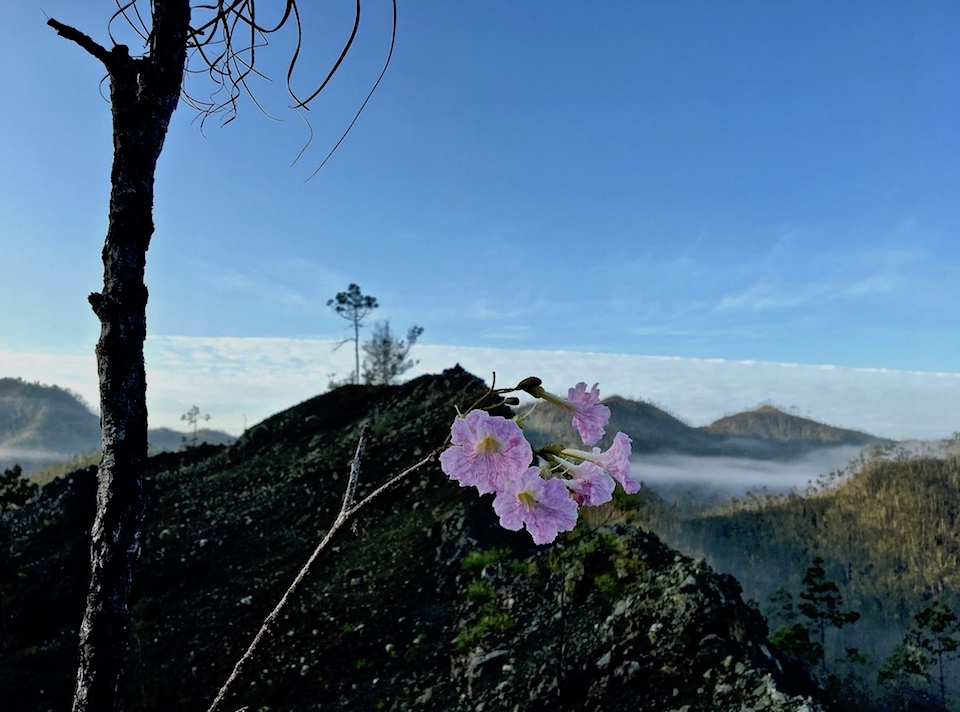
The changing flora, including endemic wild orchids such as the Tolumnia sylvestre and the Encyclia moebusii, will grace your trip through serpentine rock woods near the border between the municipalities of Baracoa and Imías to later reach the highest point on the road: Alto de Cotilla (550 meters above sea level).
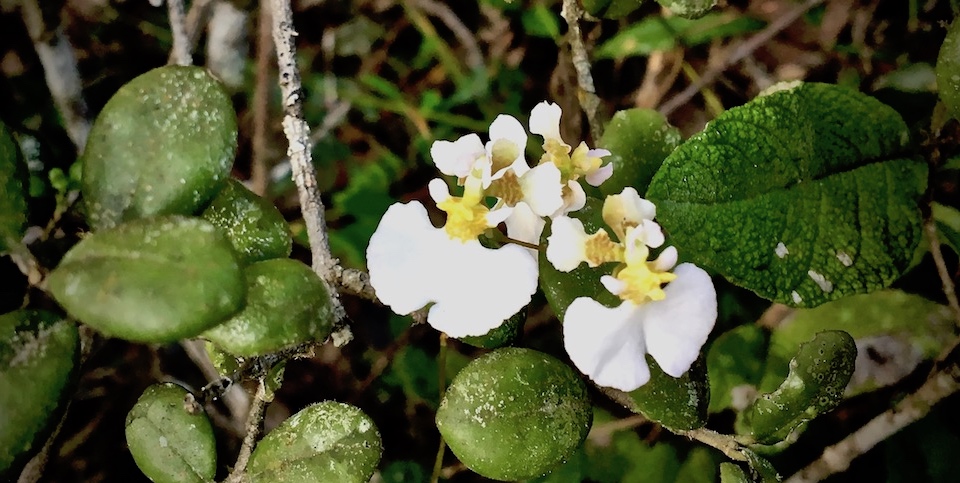
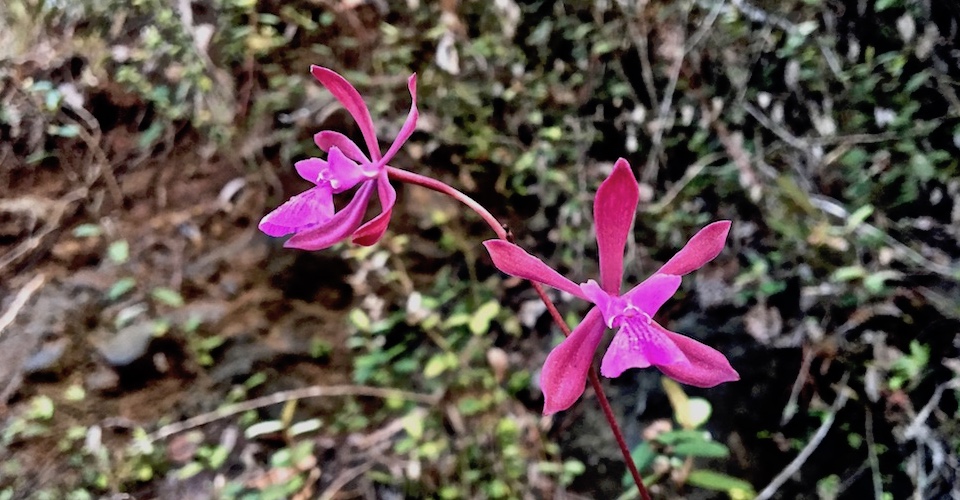
Surrounded by Cuban pine tree forests, Alto de Cotilla boasts its towering 360°lookout from where you can see both coasts, the road you have covered so far and the one you will continue on.
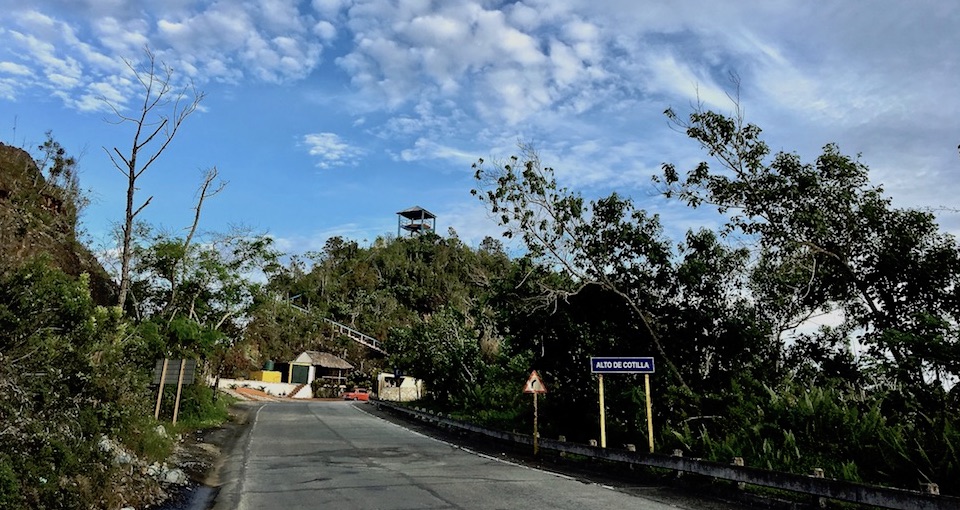
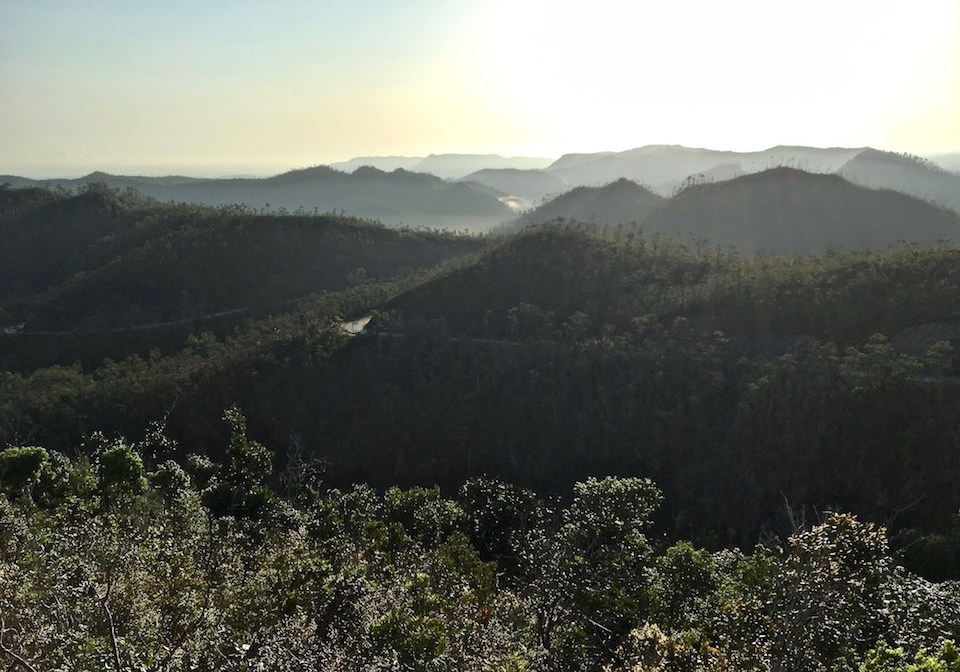
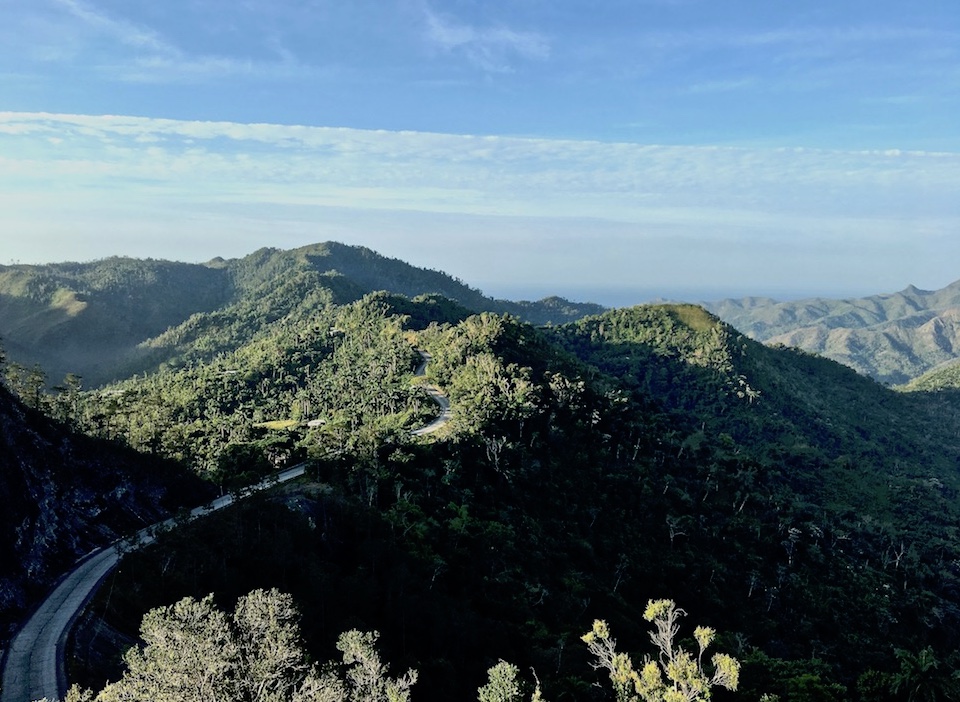
Endemic tree snails, colourful butterflies and uniquely Caribbean birds can also be seen in the forests on the way to Alto de Cotilla. We were delighted to spot this rare, creamy coloured Polymita picta fuscolimbata snail.
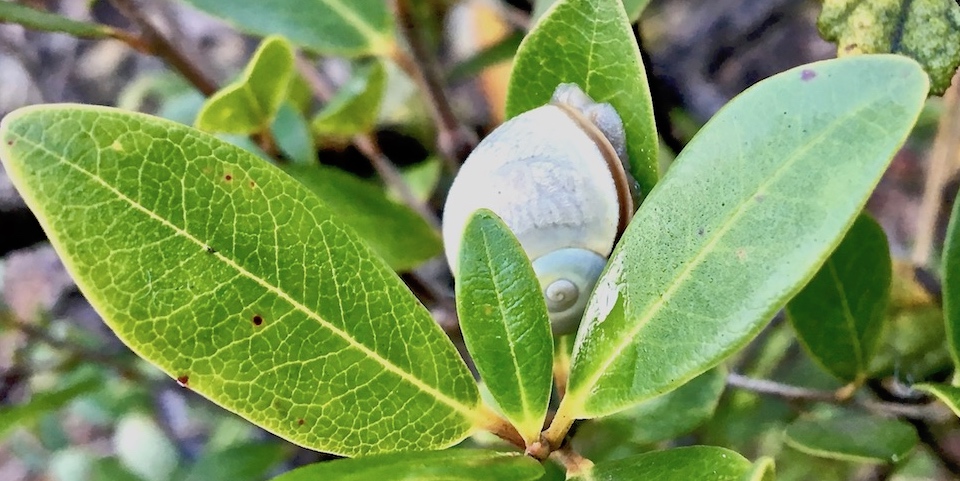
Then gazed at this deep and bright blue Melanchroia chephise moth vividly fluttering up a hill and finally posing itself for a moment on a flowering Guapira rufescens, another Cuban endemic tree.
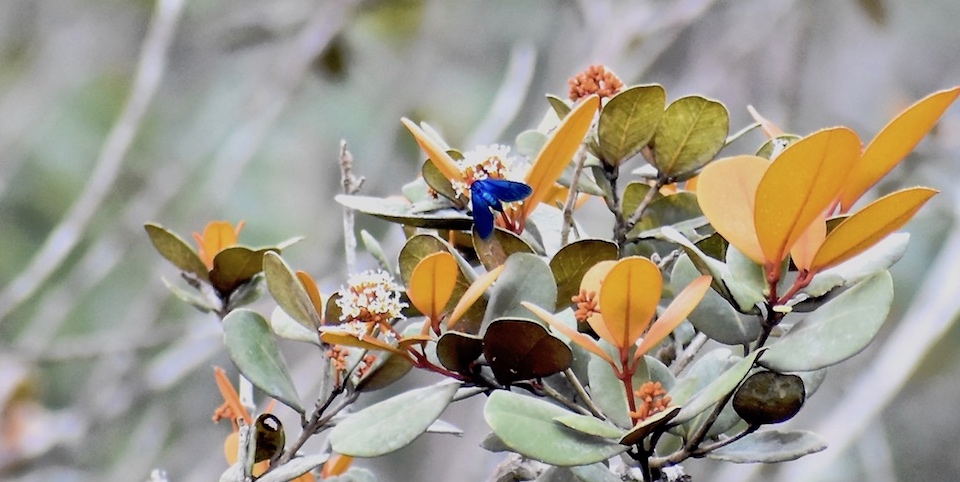
And we were awed to suddenly bump into this beautiful querequeté – an Antillean Nighthawk (Chordeiles gundlachii)! This bird is usually spotted either at dusk or at dawn – it was barely past 7:00 a.m. when we took this picture.
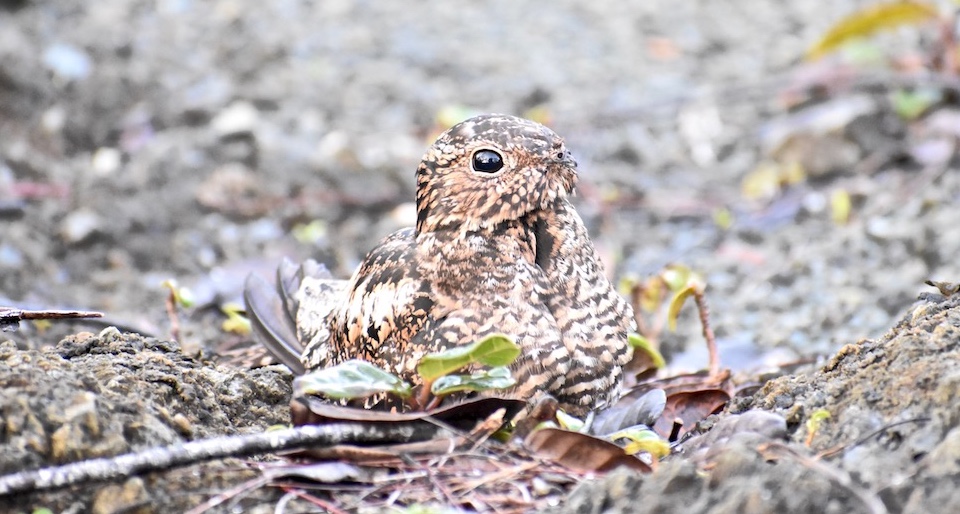
Yet a different range of flora and other wonderful lookout points can be enjoyed on the road as you descend towards the southern coast.
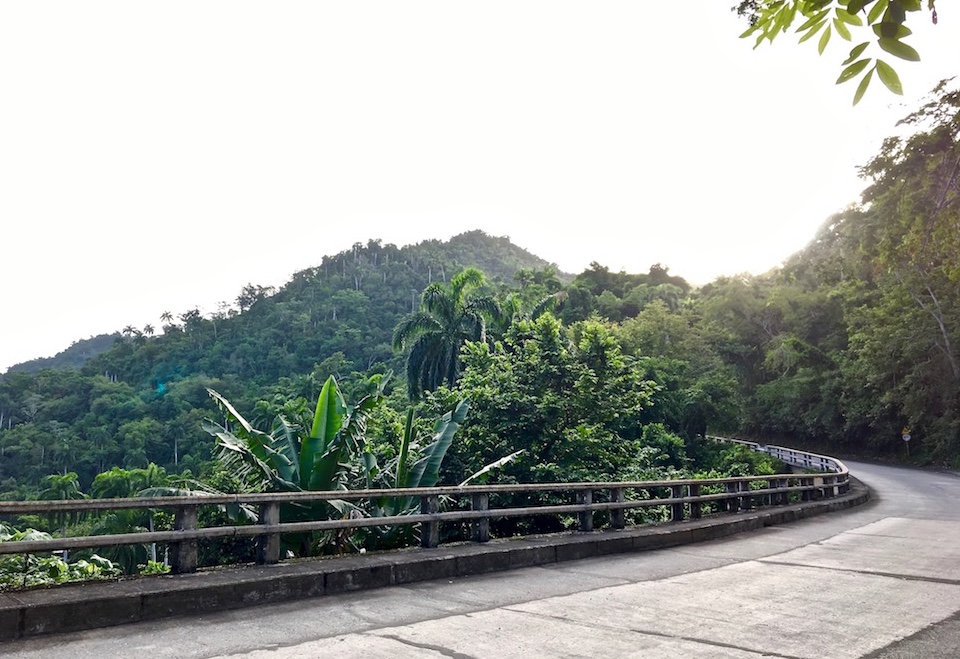
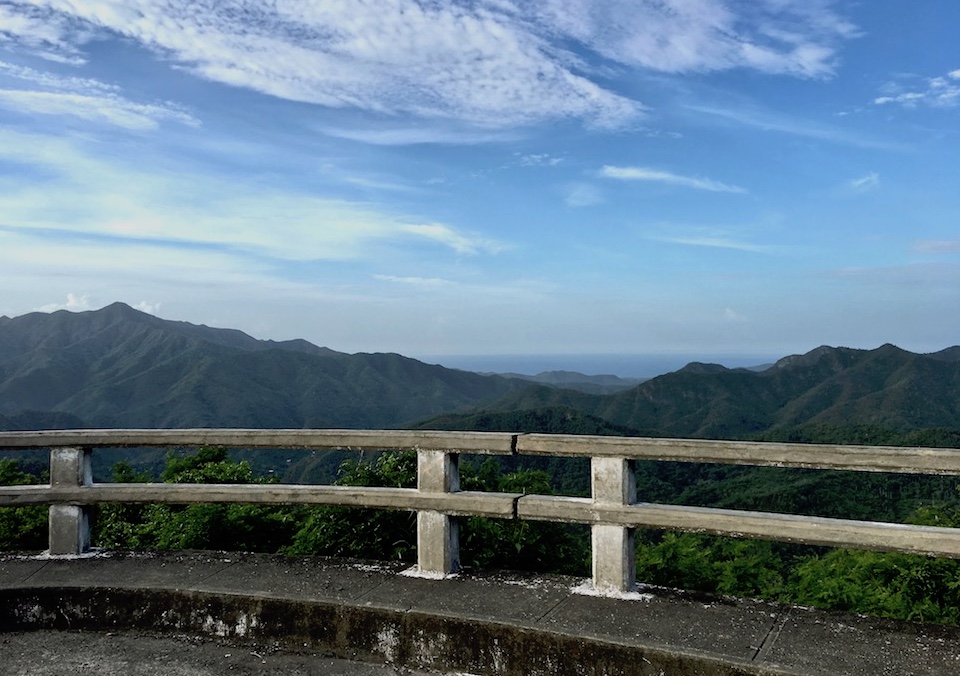
Agaves galore dot the cliffs and the birds’ voices will invite you to stop to spot and photograph one or two Caribbean birds, such as this cabrero – a Cuban Western Spindalis (Spindalis zena pretrei), formerly called Stripe-headed Tanager.
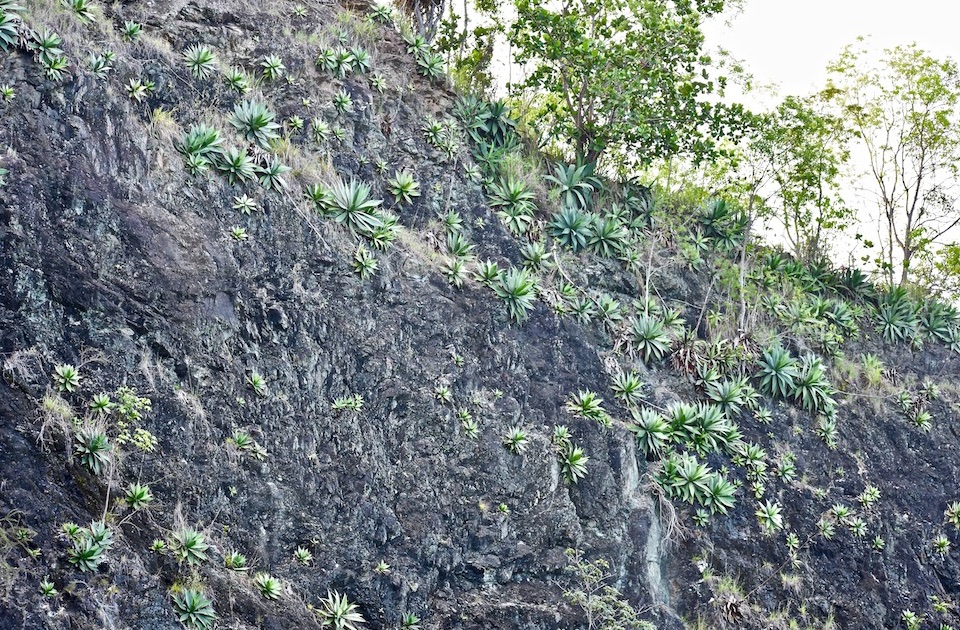
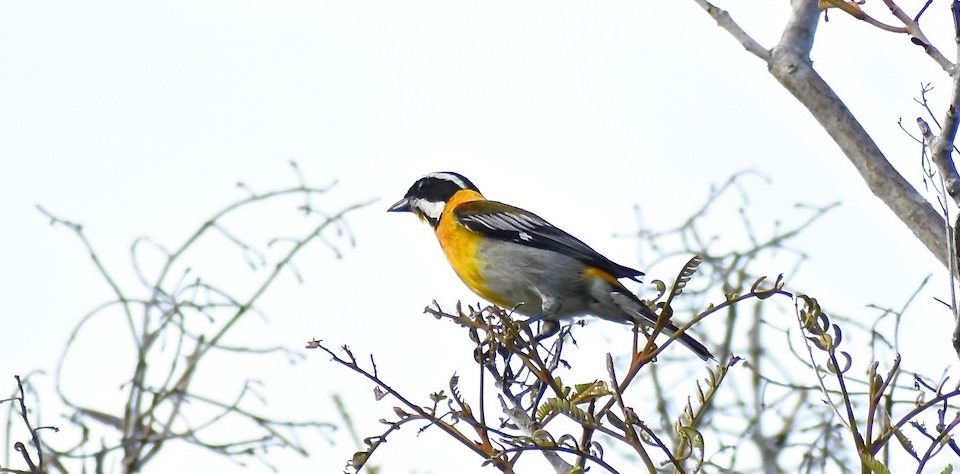
Second stretch: an ecological reserve on Guantanamo’s southern coast
At the end of the mountains, you’ll know you’ve made it to Cajobabo when the road becomes flanked on both sides by the hugest mango trees, heavily burdened with patiently ripening fruit. The season runs late April to early September. Cajobabo’s mangoes are legendary in Cuba’s Oriente – and across the country: a wide range of varieties, textures and flavours…
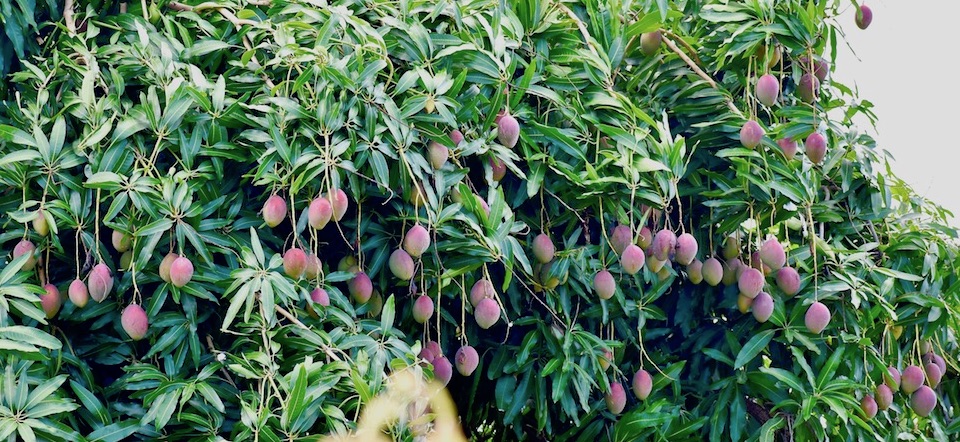
We stopped to buy and enjoy a few mangoes and drink some coconut water, all of it fresh off the trees.
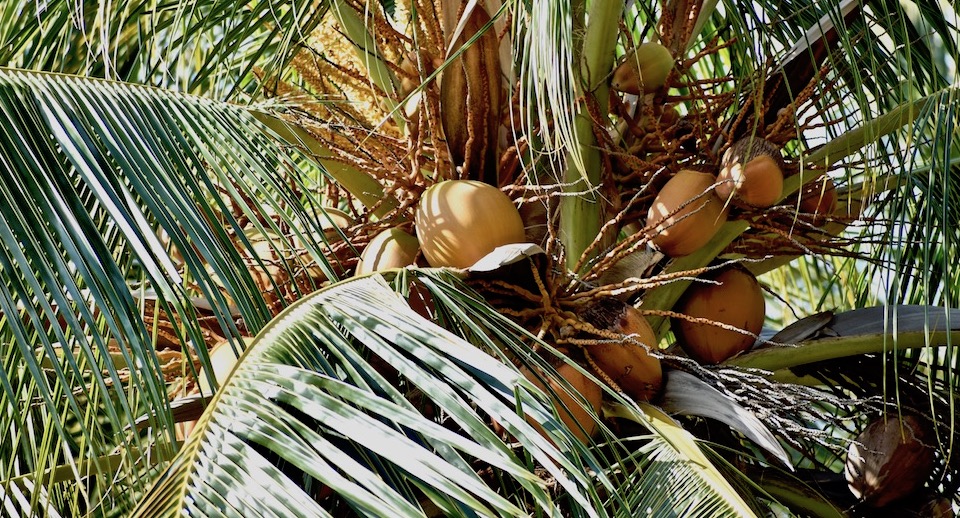
As you enjoy such a tasty snack, these cana palm trees (Sabal maritima) will be an indication of the type of habitat and ecosystem you’re about to explore.
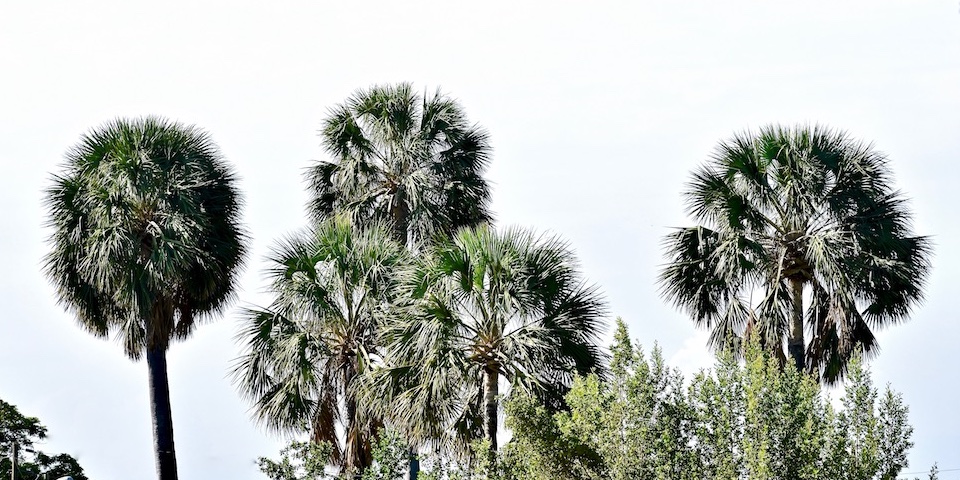
Indeed, Guantanamo province’s southern coast is significantly dry but certainly not a desert – its vegetation is unique and its landscapes, dramatic.
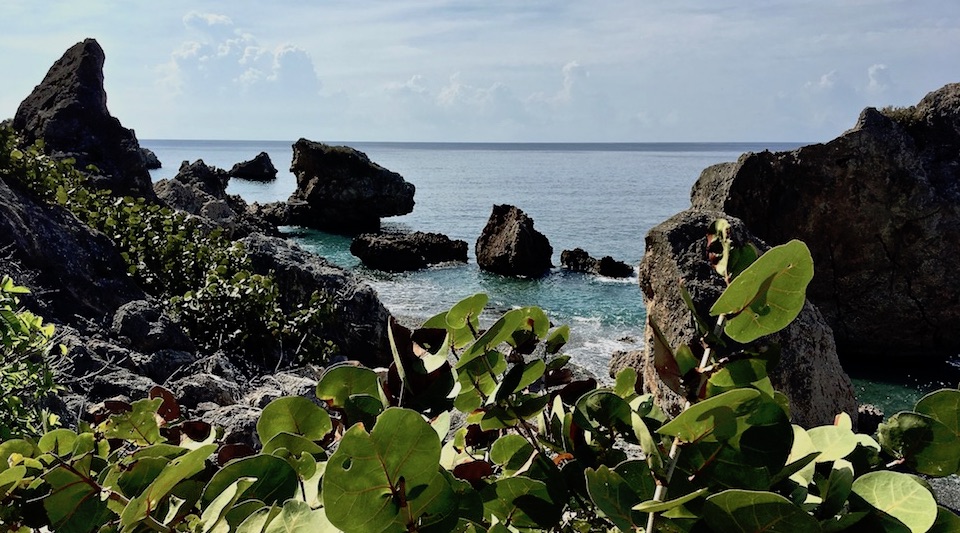
History buffs and striking views lovers alike will want to make a stop at Playitas de Cajobabo. This is the place where Cuban Independence leader José Martí disembarked on April 11th, 1895 at the onset of the last push to oust the Spaniard colonialists. A small museum can be visited by the road leading to the beach.
The cliff behind the monument commemorating Martí’s arrival is 70 meters high and shows layer upon thin layer of ancient geological sediments.
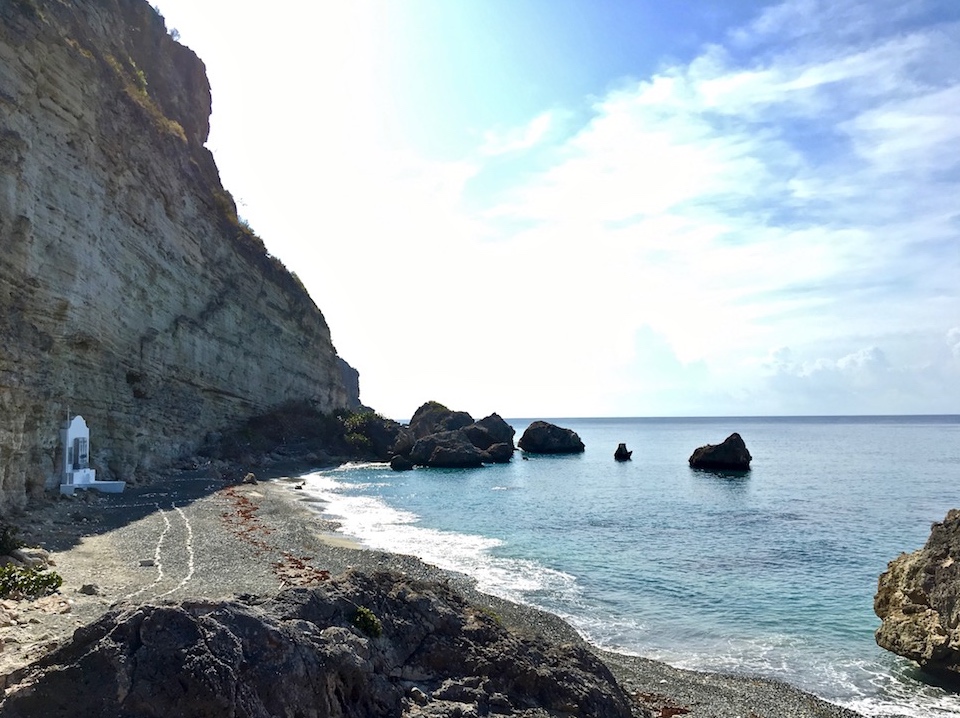
The local flora continues to entertain you with a range of succulents, palm trees and other species. Take this blossoming guayacán tree (Guaiacum officinale), conspicuous in these southern marine terraces.
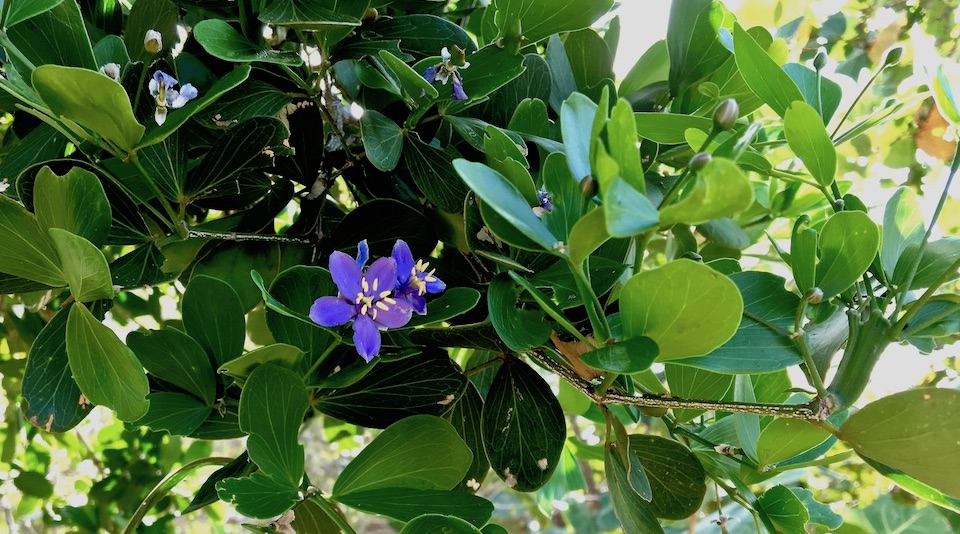
One of our favourite endemic succulents is this Phyllantus, only found in this region as well as the Opuntia militaris cactus, which was first identified in the Guantanamo Bay area and is unique for its stem resembling a tree-trunk.
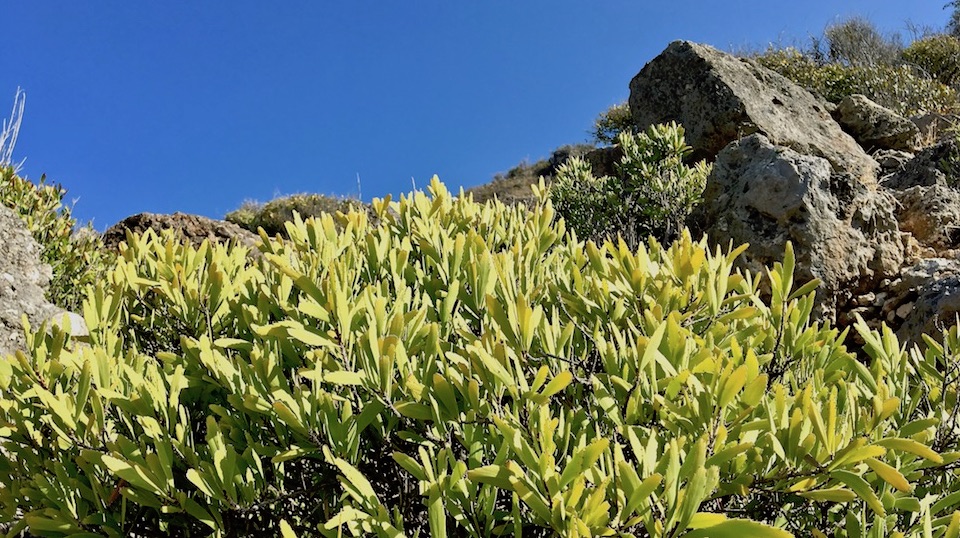
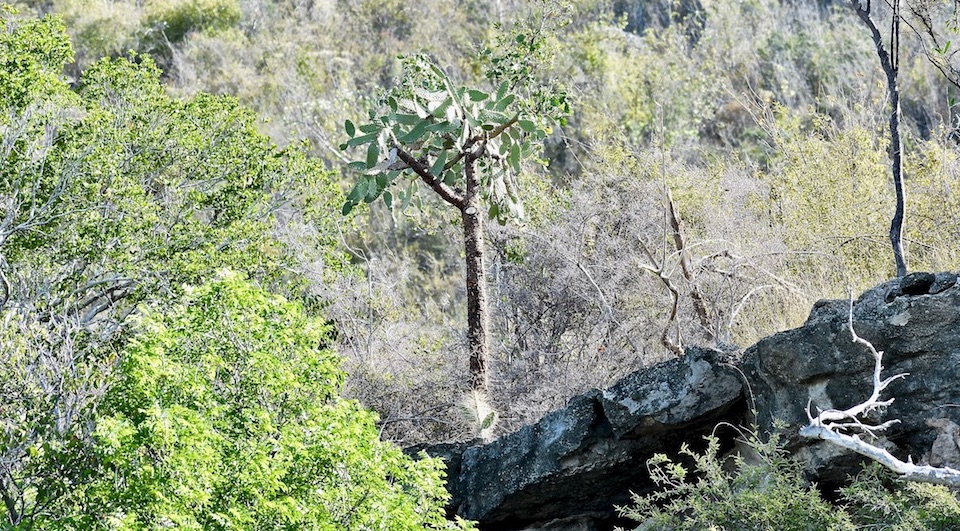
The mountains around you are nothing like the ones you saw on La Farola road, but their beauty is just as captivating.
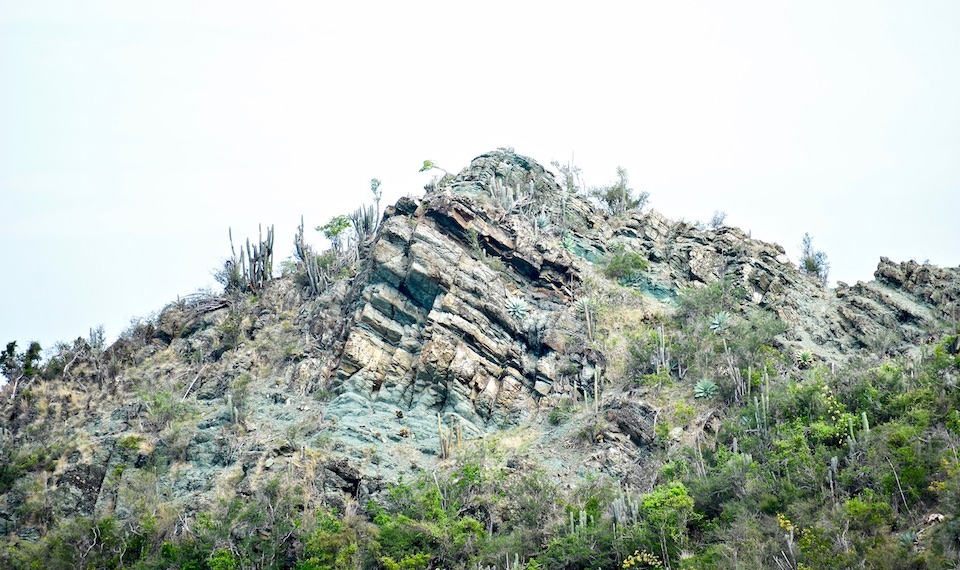
Two more local endemic fauna species awaited in this area: the Polymita picta versicolor tree snail, wisely spending the day between cactus thorns so predators couldn’t reach it, and the absolutely awesome Cuban iguana (Cyclura nubila), which briefly allowed us to photograph it before taking refuge from our gaze!
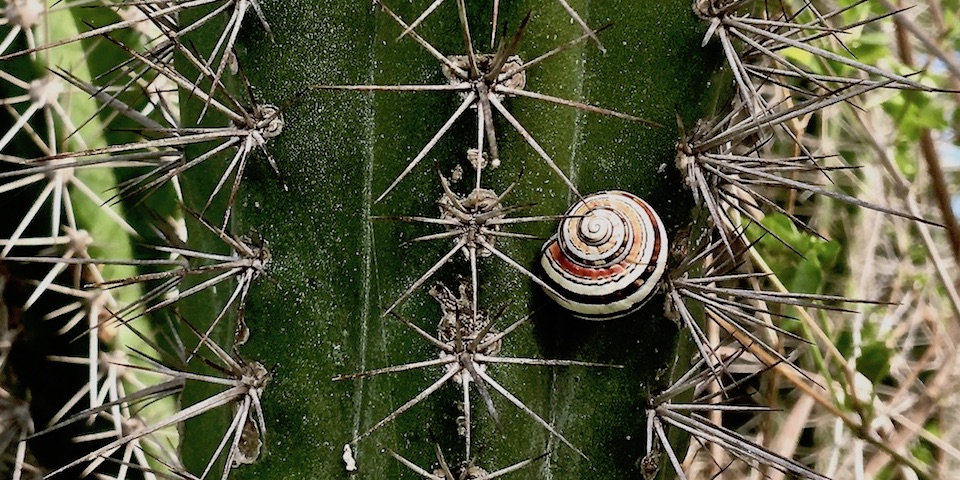
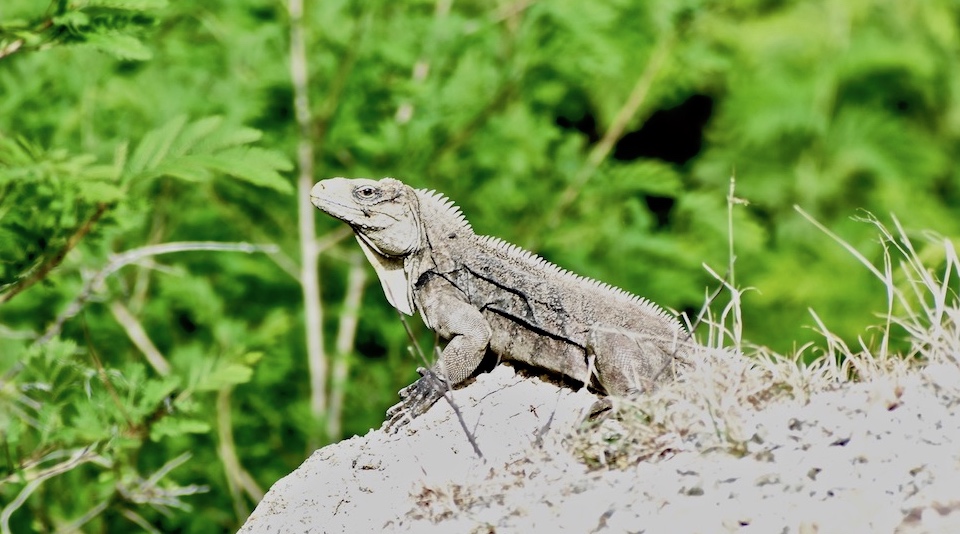
As the road takes you from the municipality of Imías to that of Maisí, various lookout points will allow you to appreciate the coastline, both towards the east and the west – from arid cliffs to green geological terraces.
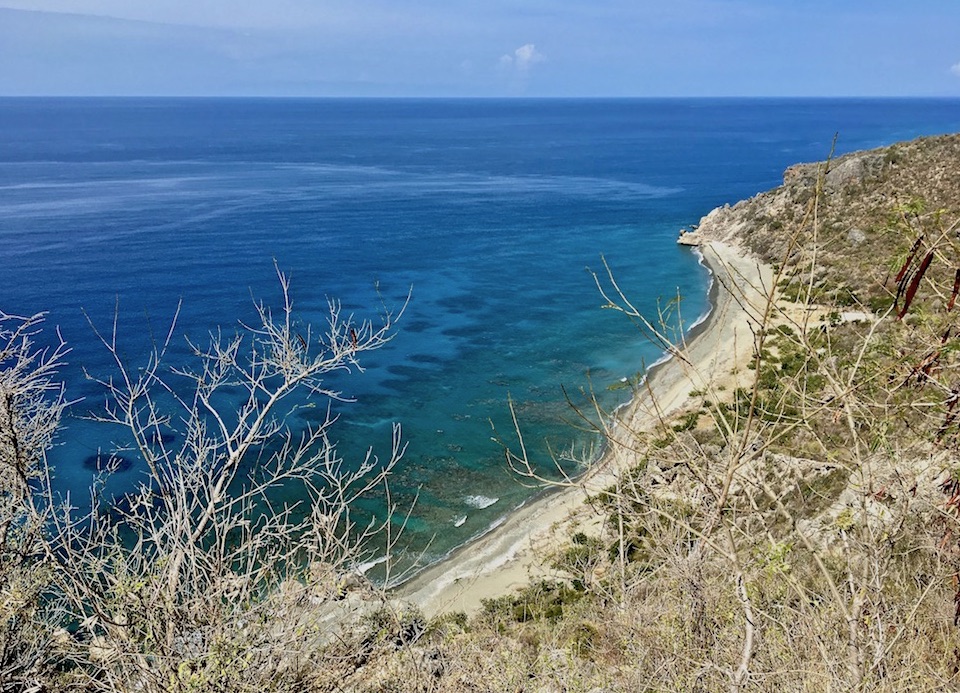
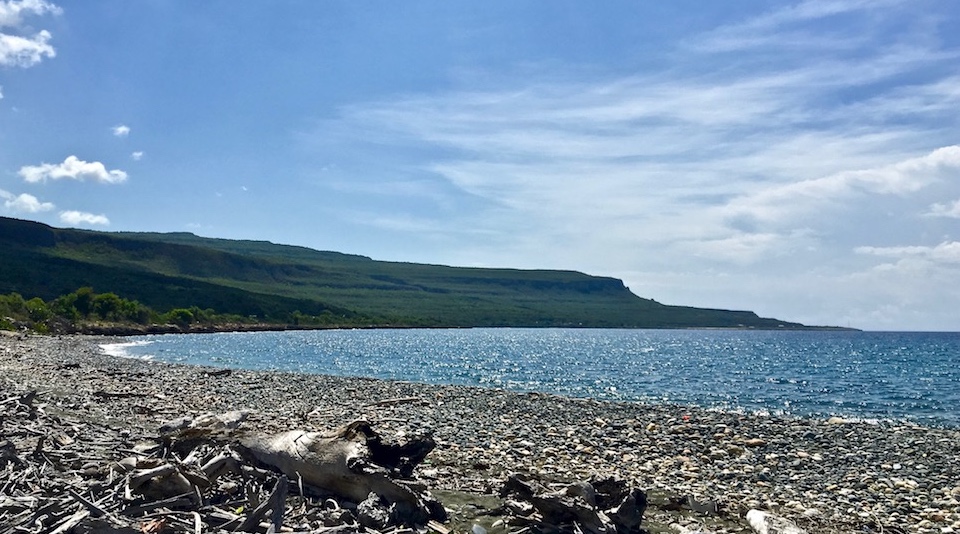
More endemic snails grace the flora in this area, such as these two – a Coryda alauda weeksiana on a tree trunk and a Macroceramus parallelus on a shrub branch.
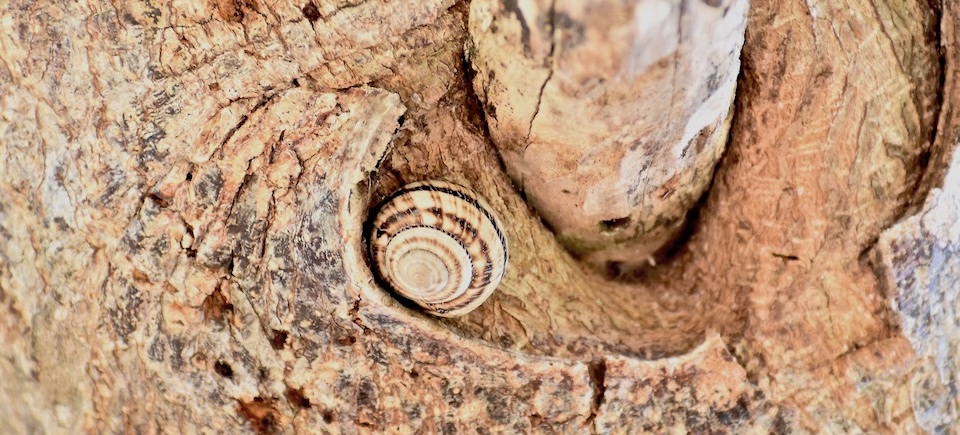
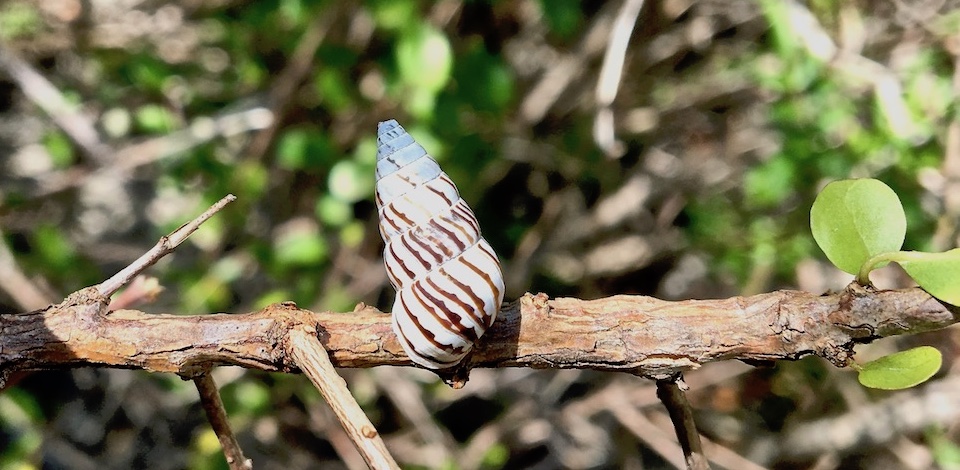
The cliffs to the north changed in shape and height, inviting us to stop for a bit more birding and endemic flora appreciation. We were entering the Maisí-Punta de Caleta Ecological Reserve, a beautiful protected area unknown to all but a very few travellers.
The Maisí quaternary uplifted terraces have been recently designated by the International Union of Geological Sciencies as one of the world’s first 100 Geological Heritage Sites. Such sites are recognized ask key places with substantial relevance for geological sciences.
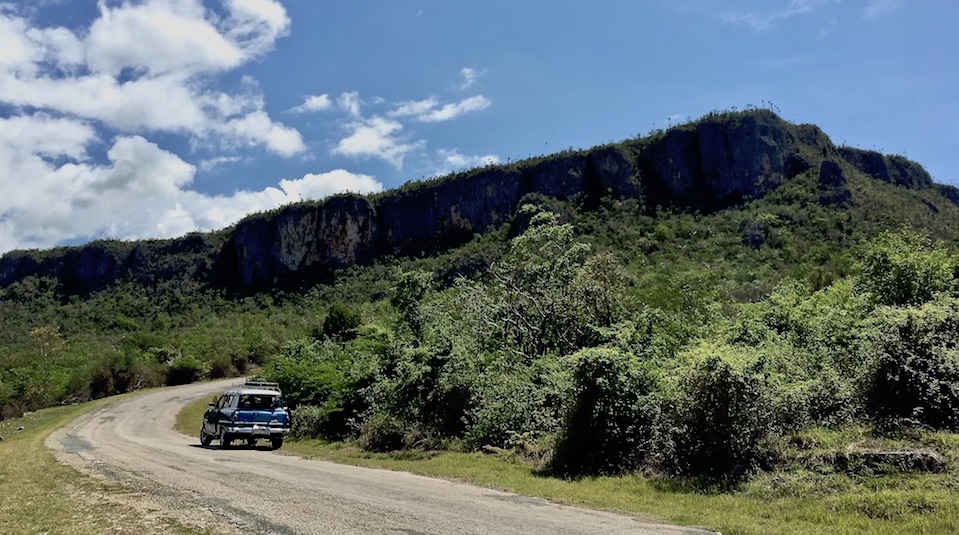
Had you ever heard of orchids thriving in high heat and dry soil areas? Behold the delicate, Cuban endemic Tolumnia guibertiana orchid and the equally beautiful and resilient Broughtonia lindenii, only found in Cuba and the Bahamas!
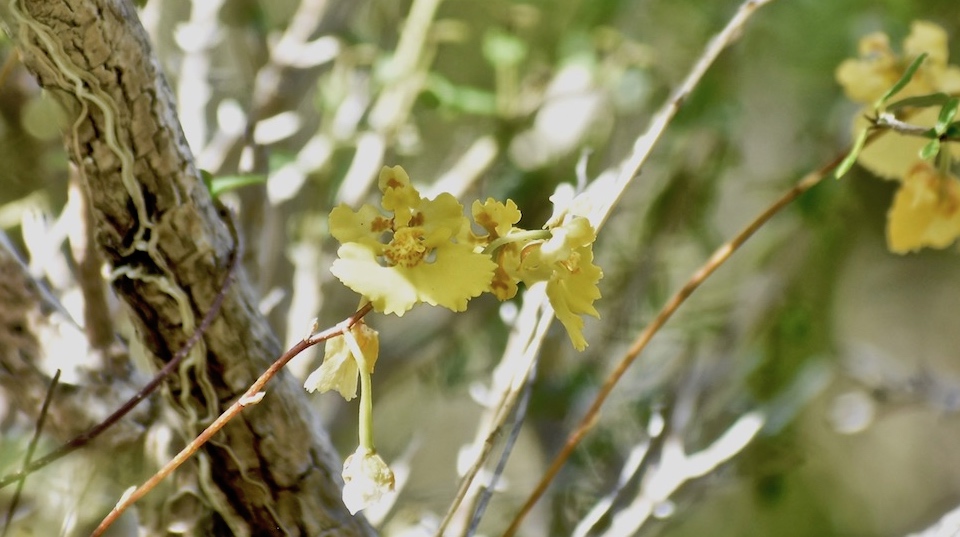
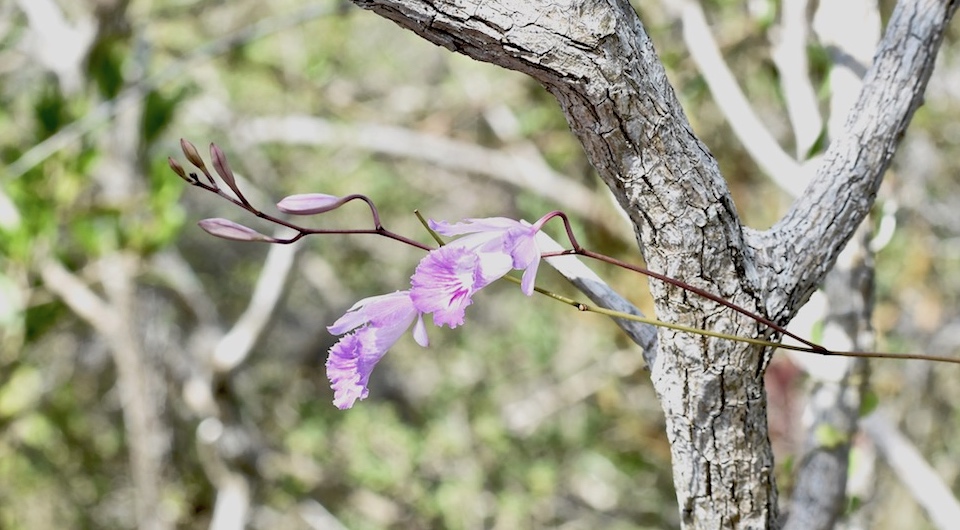
The sweet sound of birds singing will surround you as you stand in the midst of the shrubs. The lovely sinsontillo (Cuban Gnatcatcher, Polioptila lembeyei) only exists in Cuba and in very specific coastal areas.
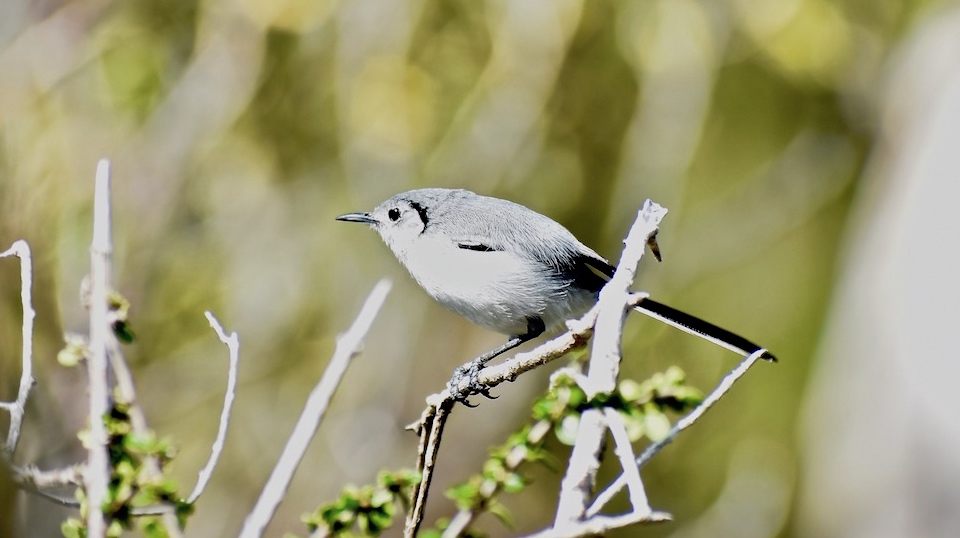
For its part, the elegant cernícalo (American Kestrel) lives across the Americas, including the Caribbean, but this splendid female belongs to the white morph of the Cuban subspecies (Falco sparverious sparveroides).
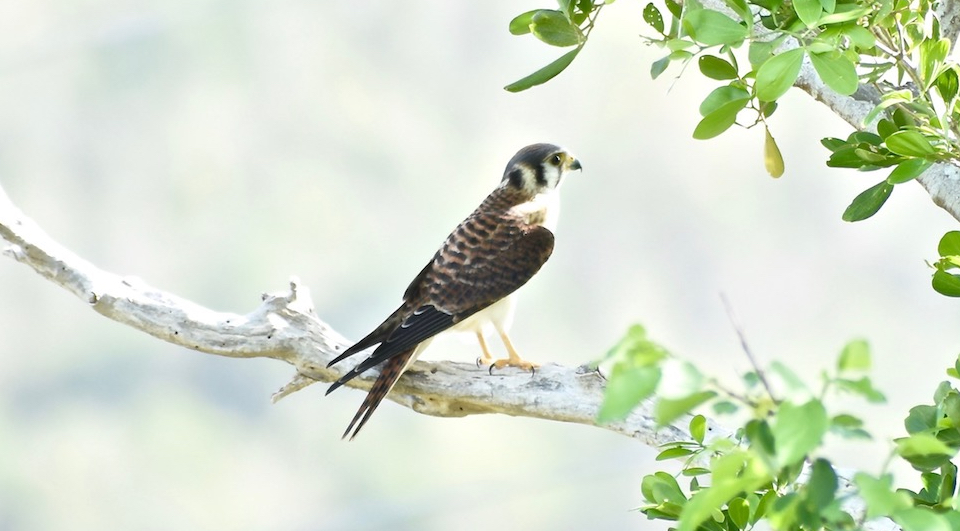
Right by the road we spotted two more endemic flora species – a weird yet beautiful, blossoming Aristolochia peltata and the slender and tall Coccothrinax sp palm trees, pictured here both closely and afar, spiking out of a cliff top.
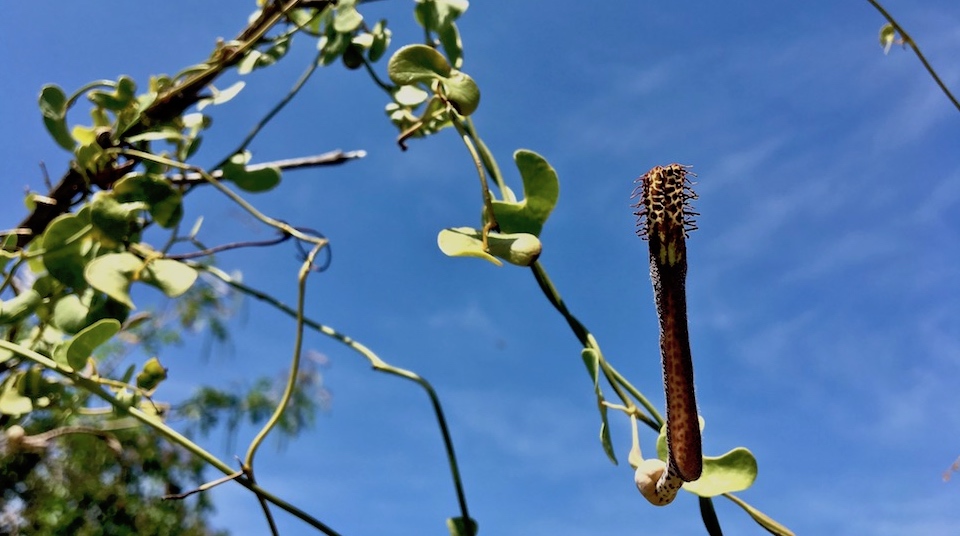
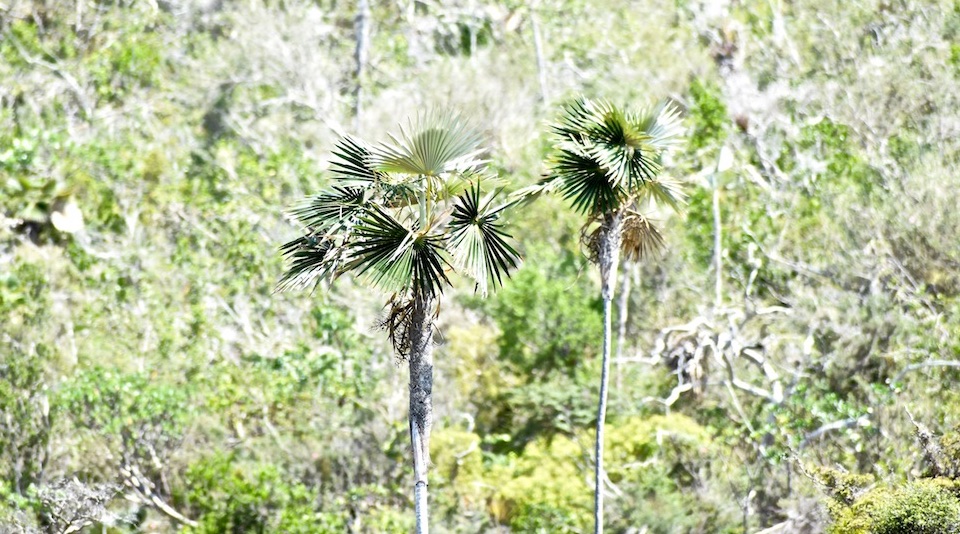
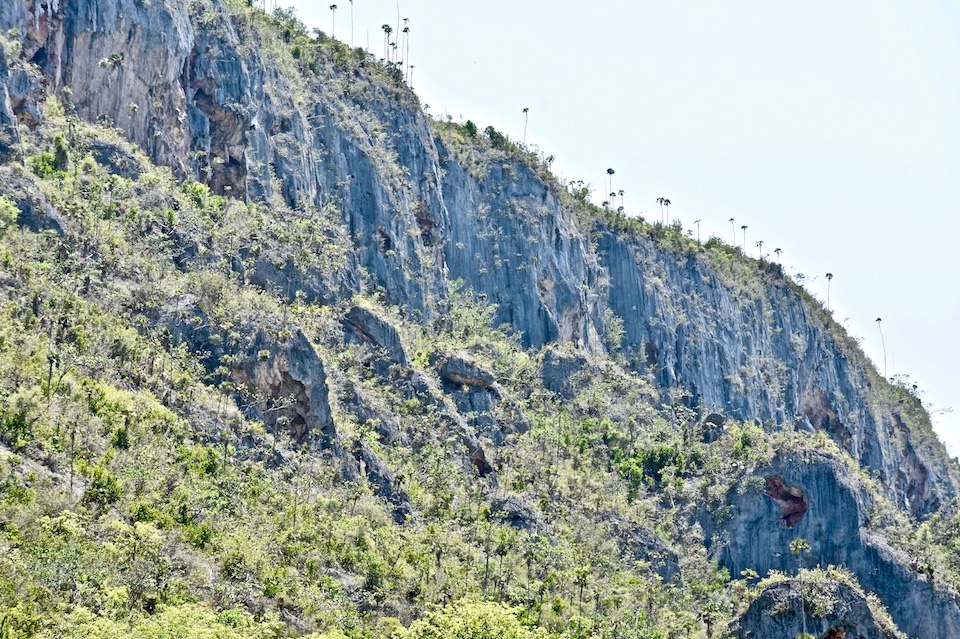
The road starts parting from the coast line and begins its way up to the higher marine terraces. It’s time for a stop at a beautiful lookout to take in the landscape, the light, the sea breeze.
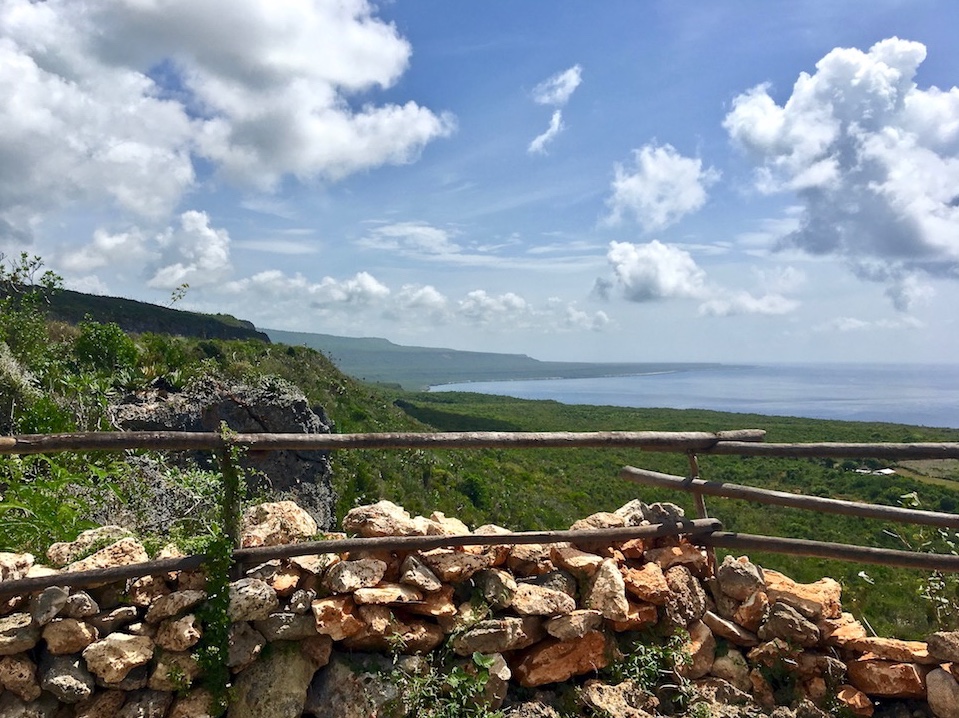
These terraces are home to the local endemic Polymita picta iolimbata tree snails. Their shell surface has an iodine hue (which gives them their scientific name) that looks as if it had been varnished.
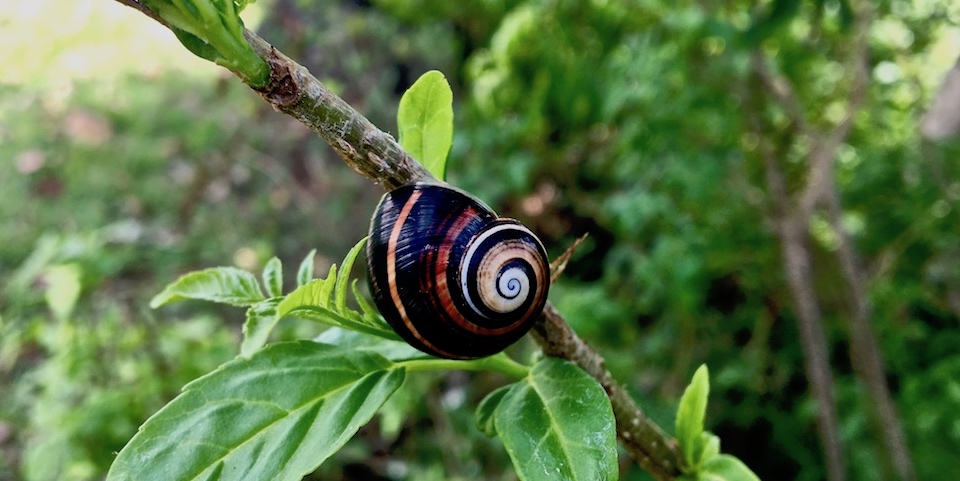
The next uphill segment before descending back to Punta de Maisí will take you across little, colourful rural communities and large coffee farms. Coffee is Maisí’s agricultural crop par excellence.
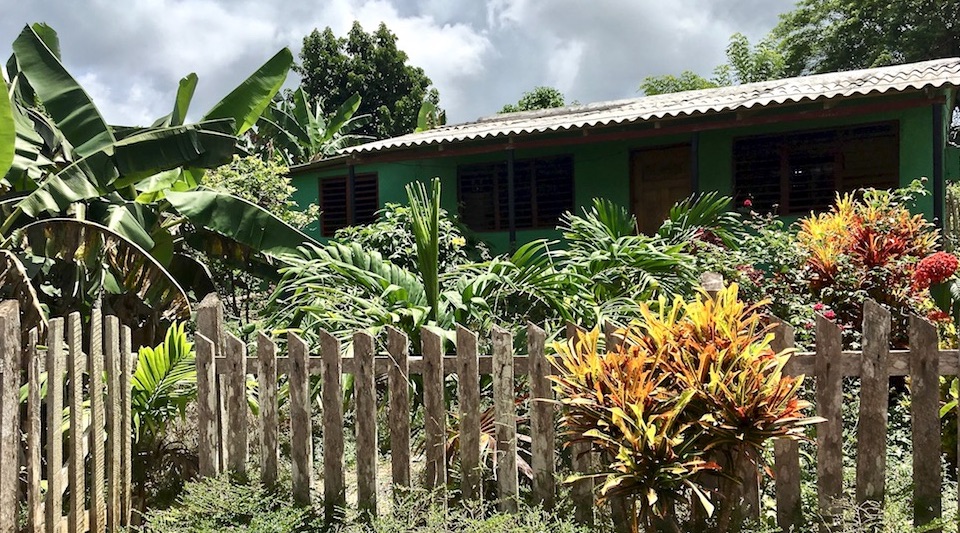
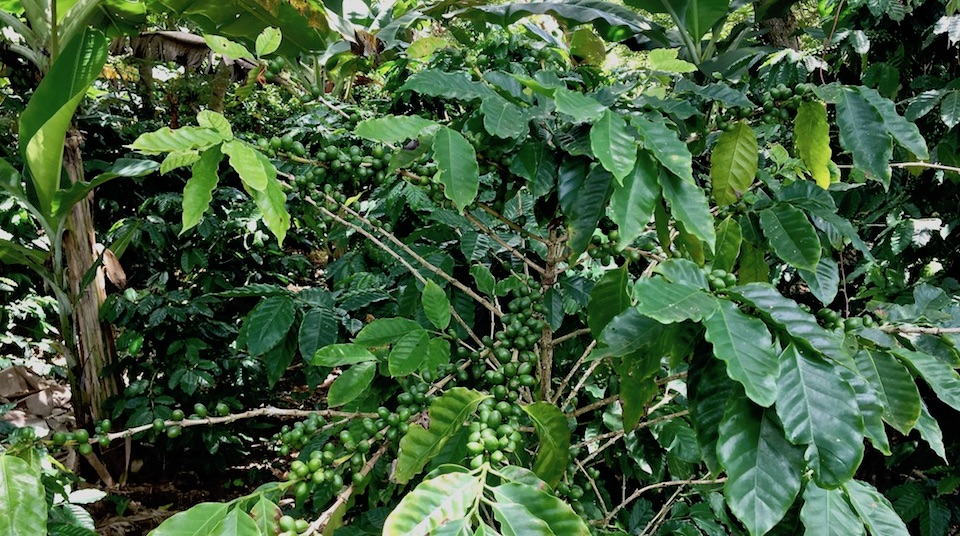
Last stretch: the Atlantic coast and the most fertile valleys
Finally, you reach Punta de Maisí at Cuba’s easternmost tip. Under the shade of rustic bar Ranchón El Amanecer, by the Maisí lighthouse, we were greeted by Róger Rodríguez, the chief conservationist of the nearby protected areas. He warmly invited us to come back some other time for a hike in one of the awesome local trails, such as the one leading to Pozo Azul.
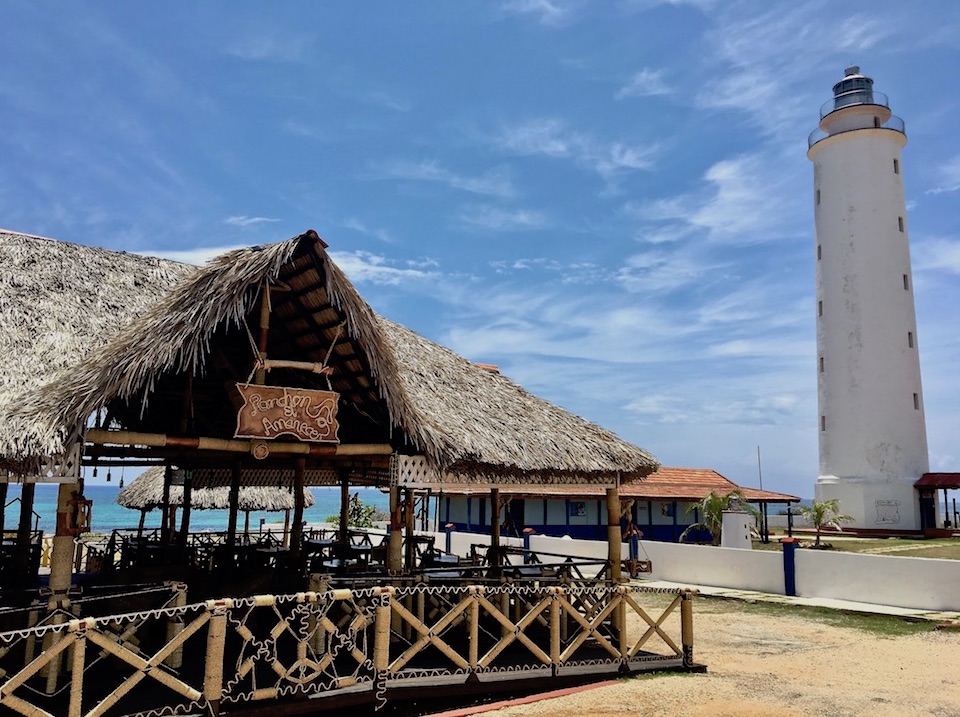
You can enjoy drinks and snacks at this cool spot facing the turquoise waters of the Windward Passage. From here, Haiti is only 70 km across the sea… You can visit the lighthouse, taking the stairs all the way to the top.
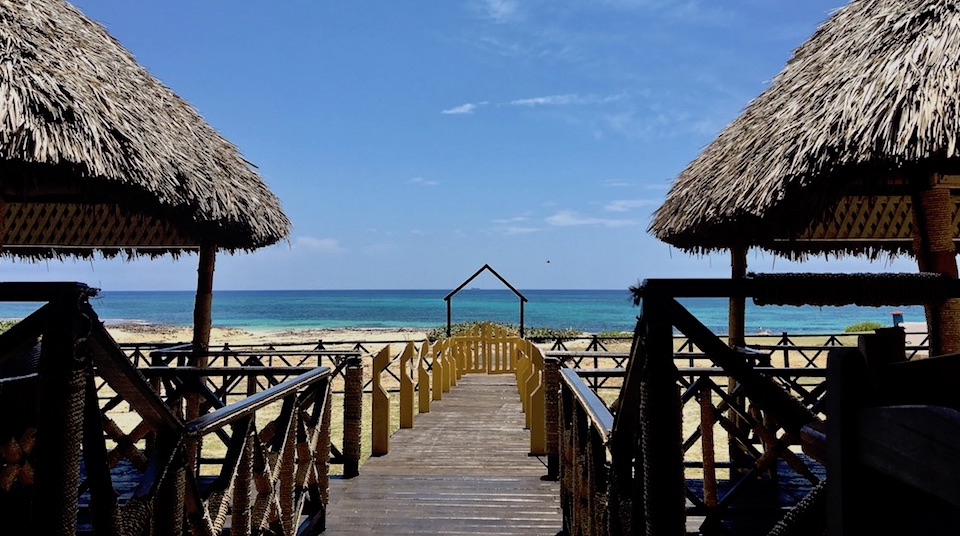
Time to leave the southern, Caribbean coast and head back northwest. As you make your way to the Atlantic Ocean-facing Boca de Yumurí, you’ll cross agricultural lands of deep red soil where folks grow root vegetables – most ostensibly the super yummy malanga or taro root, a taste shared with other Caribbean and African peoples.
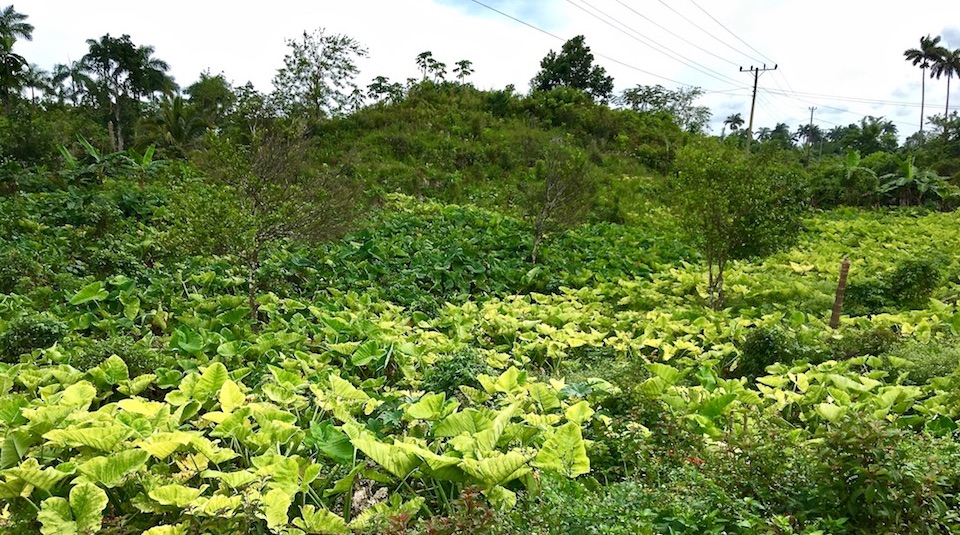
Yet another local flora star is the unique Roystonea violacea, similar to Cuba’s national tree – the royal palm tree (Roystonea regia) – but with a burgundy-hued trunk and pinkish inflorescence.
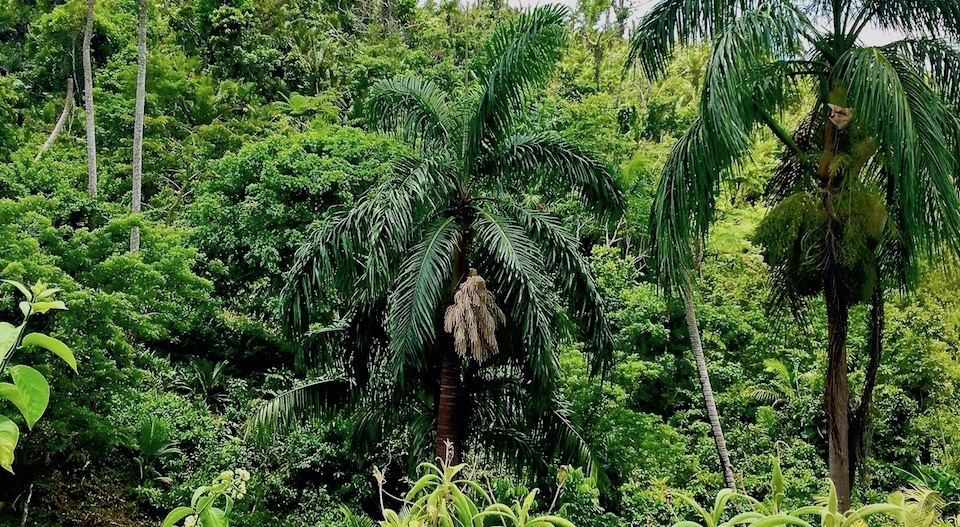
Is it time for lunch? A hearty meal awaits in the small town of Sabana at locals’ favourite restaurant El Pinito. Patrons rave about their lamb stew but a mean crab meat enchilado, shrimp in tomato sauce and a tasty pork fricassé are also served there!
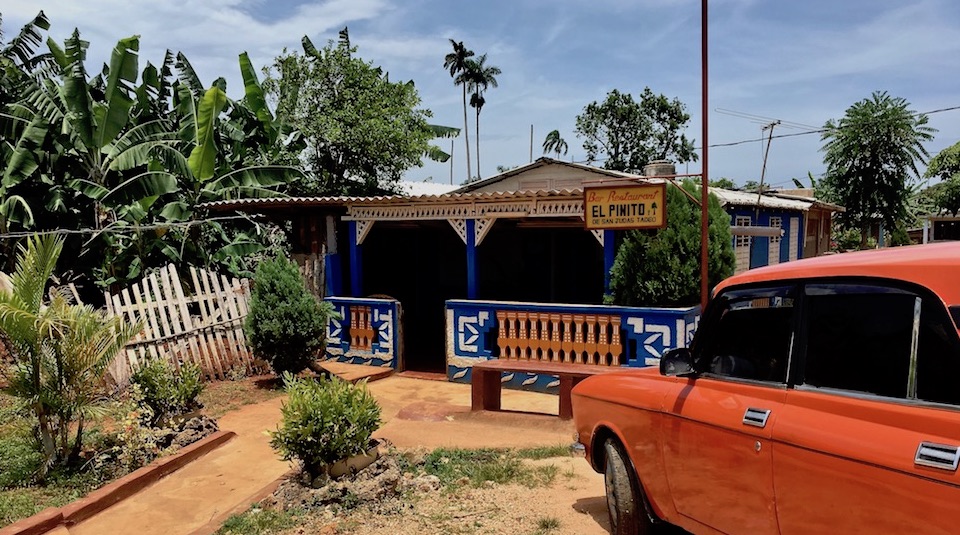
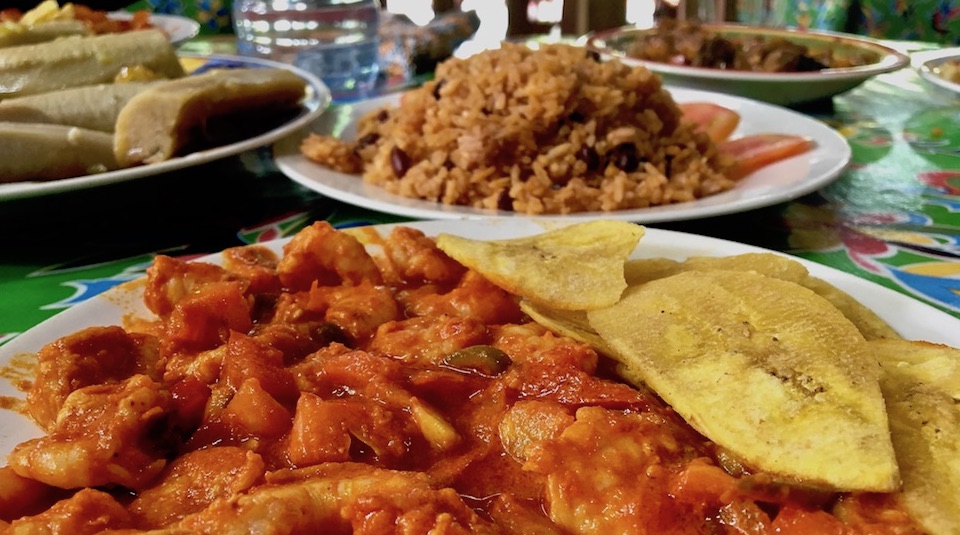
Between Sabana and Boca de Yumurí, the more adventurous will choose the old road called “La Boruga” – a very steep and zigzagging few miles descending to reach the coast. A stop at this great lookout point above the Yumurí Canyon is certainly a must.
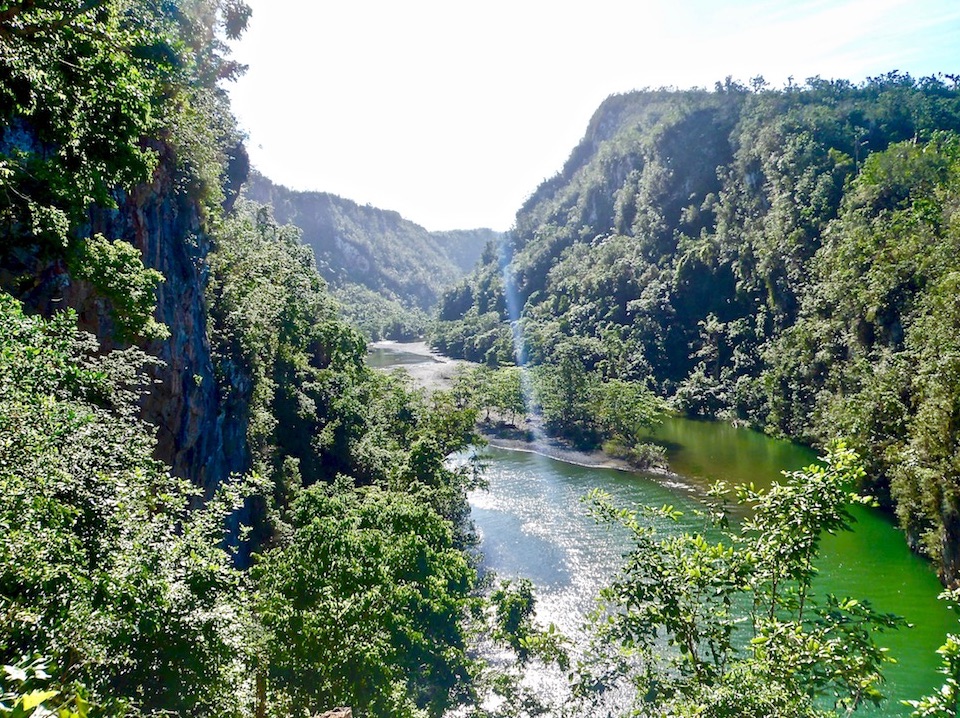
At that same place but right across the road, you shouldn’t miss a quick visit of a huge mango tree on which a family skillfully raises hundreds of Polymita picta tree snails of both the roseolimbata and nigrolimbata species.
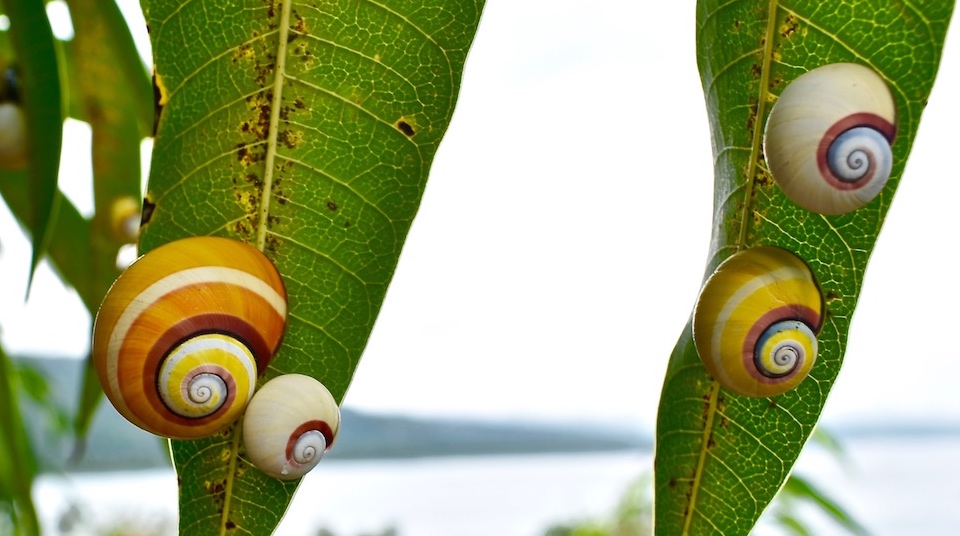
Once you make it to the Boca de Yumurí area, there are views to the Canyon from the bridge above river Yumurí where various types of egrets can be spotted.
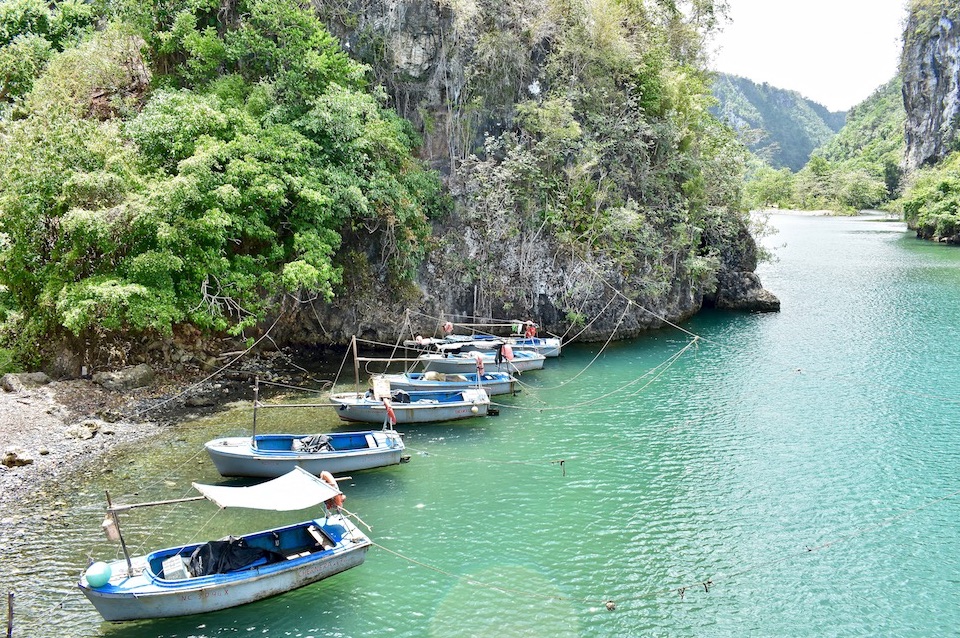
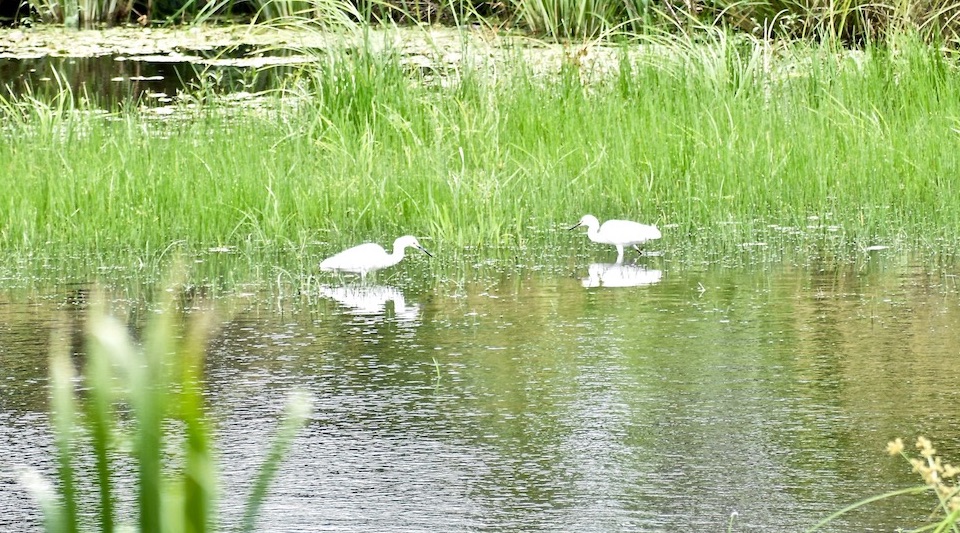
The last stages of this road trip come as you enjoy the rocky views (and the breeze!) of the Atlantic coast between Boca de Yumurí and Barigua beach.
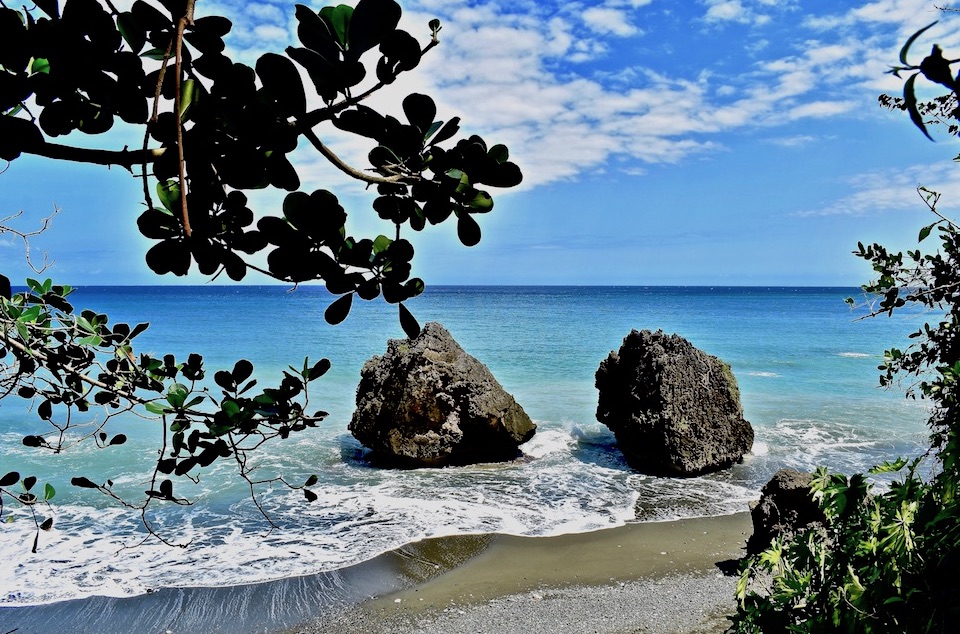
At the latter, an absolutely fabulous (and professional!) physiotherapist and masseur can take care of your travelling bodies after you sip a good drink at quaint La Playita restaurant.
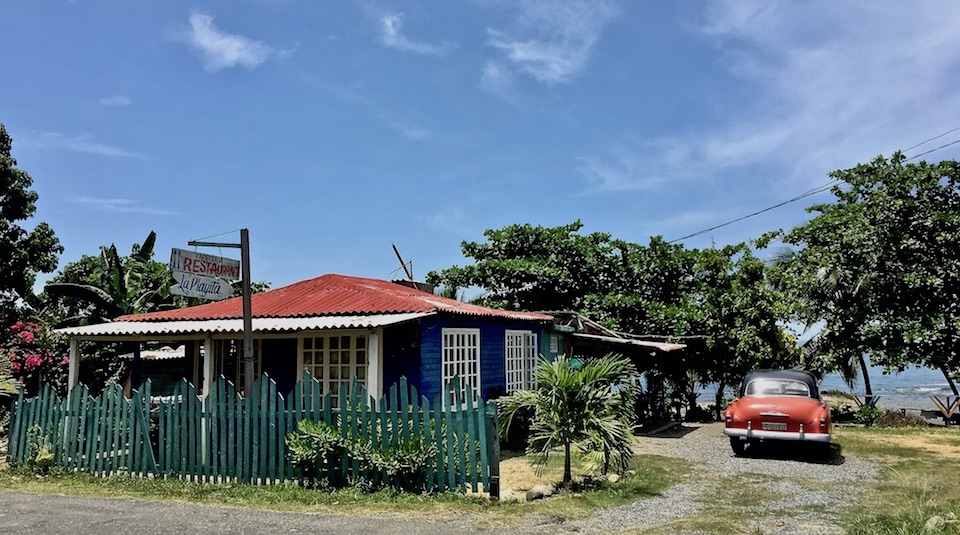
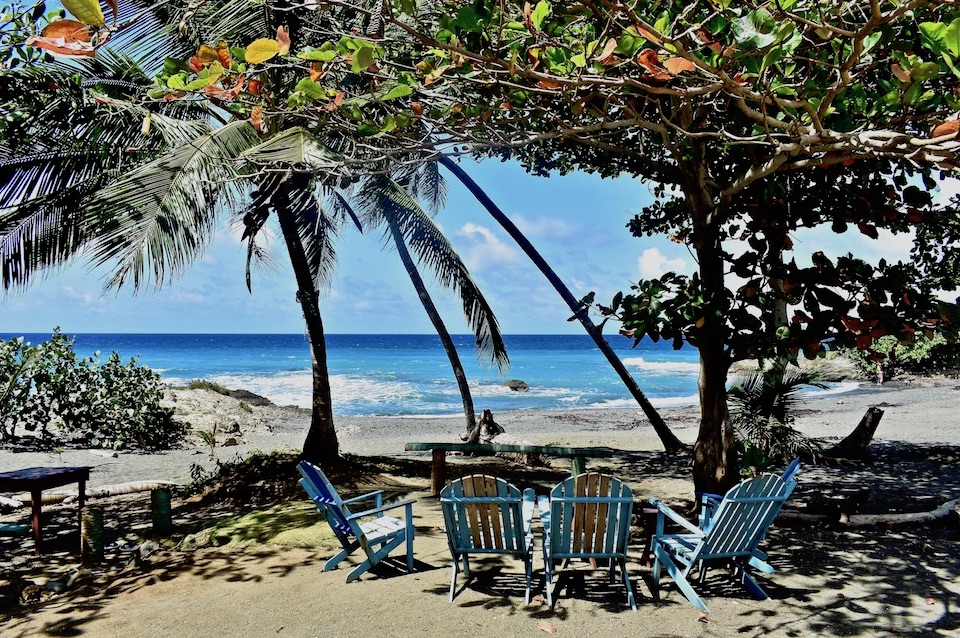
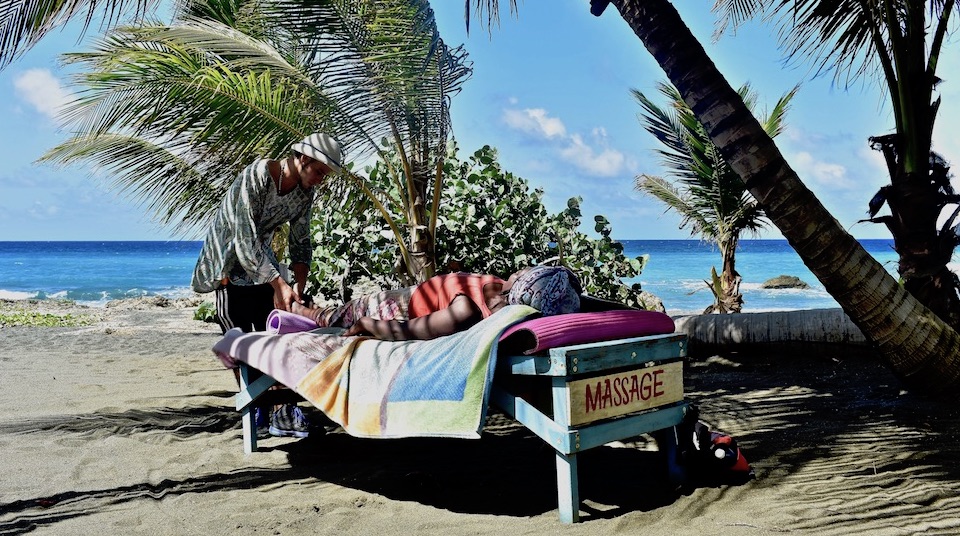
Before arriving back in Baracoa, one last beautiful view – from the Niña Bonita mirador towards El Jamal valley, with the sun starting its way down between the clouds and flat top mount El Yunque…
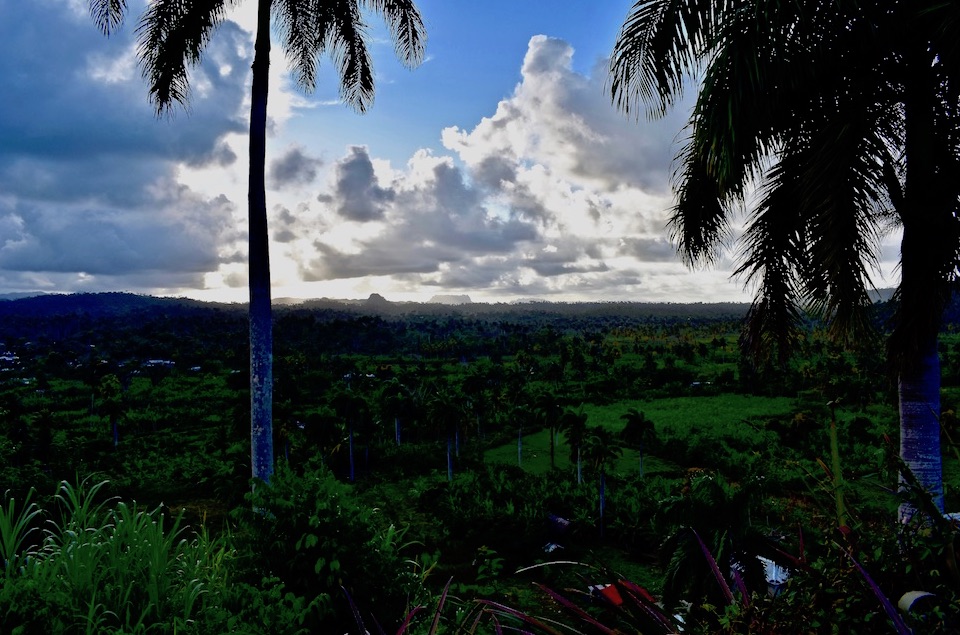
Road Trip Facts
- Maximum altitude point at the Alto de Cotilla 360°lookout tower = 600 meters above sea level
- Baracoa to Cajobabo distance = 51 km.
- Cajobabo to Punta de Maisi = 61 km.
- Punta de Maisi to Baracoa = 55 km.
- The Maisí-Punta de Caleta Ecological Reserve occupies a good chunk of the coastal segment from Cajobabo to Punta de Maisí. It is a key area for migrant rapacious birds and as such it is studied and managed by experts from the Corredor Biológico del Caribe, an initiative by Cuba, Haiti and the Dominican Republic with support from the European Union and United Nations Environment.
- The flora found on the southern coast terraces encompasses dry evergreen forest, coastal thickets, cactus scrub… You’ll come across a significant number of endemic thorny xeromorphic species.
- Some of the orchids introduced here start blooming in early April and continue to do so till mid-June. Other orchids can be spotted at different times of the year.
- The types of birds you may see also vary according to the seasons. Transient birds can be spotted in the Fall as they fly south and early in the Spring as they return to North America. Winter residents can also be seen at such a time of the year. Endemic species and subspecies can be spotted all year-long, together with resident species.
- Enlisting a knowledgeable guide is essential if you want to spot the beautiful flora and fauna on the different segments of this trip.
This screenshot from Google maps shows you the loop covered by this 1-day road trip.
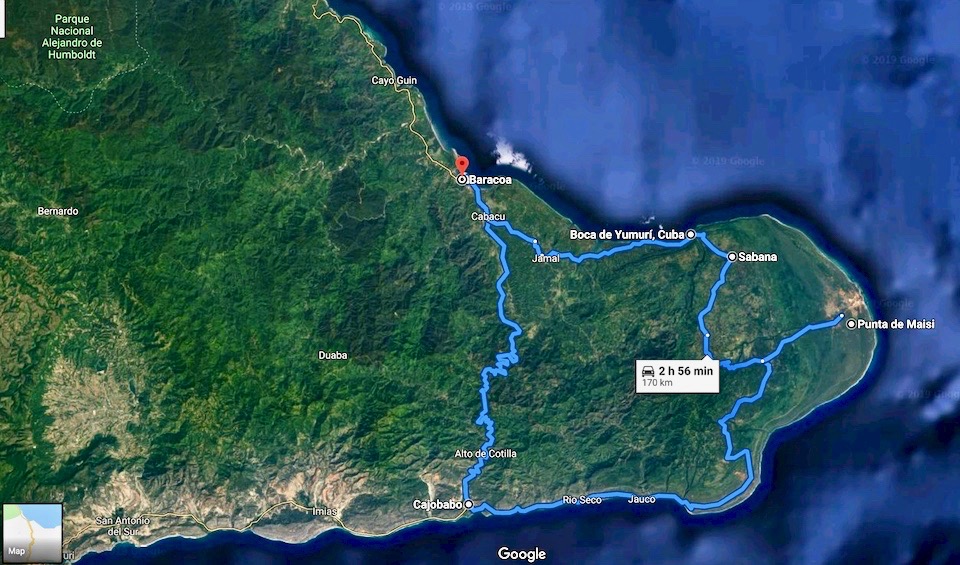
Practical information and budget details
- The weather is really hot in this region. Bring lots of water to drink.
- A taxi for the day charges between 80 and 100 CUC, depending on the type of car and number of travellers.
- If you’re driving, an offline map comes really handy. We like maps.me. Download the app and the offline Cuba map on your phone before leaving home country. It will be very useful for your local explorations, whether in town or on the road.
- A beer or a cocktail at Rancho El Amanecer at Punta de Maisí: between 1.50 and 3 CUC. Snacks between 2 and 5 CUC.
- Lunch at restaurant El Pinito, in Sabana. Total for a meal for 5, with soft drinks/beers = 22 CUC.
- Drinks at restaurant La Playita at Barigua beach: between 1.50 and 3 CUC.
- Massage at Barigua Beach: between 5 and 10 CUC, depending on type of massage, length. The young masseur is a fully trained physiotherapist and massage therapist.
- At the time of writing, a new restaurant was being completed at Punta de Caleta, on the southern coast. The “ranchón” style dining area is breezy and cool, right by the sea – very promising indeed!
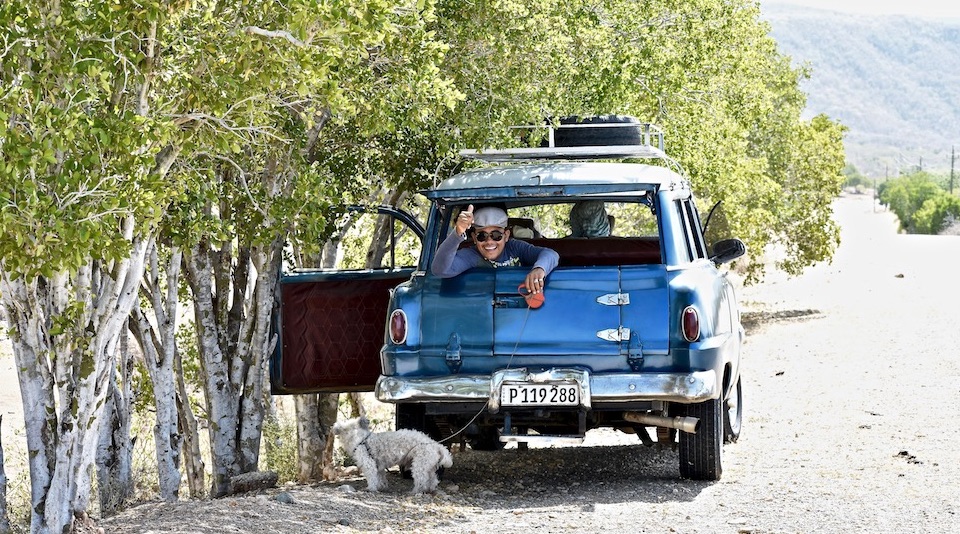
Activities, Baracoa, Sustainable Tourism
Tags: Adventure Tourism, Beaches, Birdwatching, Ecology, Forests, Nature Tourism, Off the beaten path

Recent Comments
Beautiful pictures – what an incredible landscape – love the wildlife and flowers photos! Really loved this blog, guys!
Thank you, Heidi! The road trip was so much fun and pleasure, so many new things to discover for us – we hastily proceeded to share it!
Wow! Just cant wait to get to Cuba one day. It looks so spectacular. We would especially love a road trip around Cuba.
Thank you, Travel Bugs! A road trip around Cuba is one of the best ways to get to know our country and its people better! Cubans are a very talkative, engaging and friendly people – and the landscapes and nature are very inviting as well! 😉 We hope you get to travel to our country one day too! 🙂
What an epic road trip! The mountain views–the orchids–the birds–the snails! Absolutely love how you give us the beauty of the landscape then zoom in to a colorful snail or a delicate flower. Baracoa is incredibly lovely any way you look at it. Thanks for taking me along 🙂
Thank you, Cynthia! We were amazed at how much this one-day road trip can give you by way of experiences. Glad you enjoyed our account and the pictures of it! 🙂
I can’t wait to visit Cuba and do this road trip. It looks amazing and I can just see myself having a cocktail there.
Thank you, Wendy! You’ll love this one-day road trip around Cuba’s Easternmost tip – the views, nature and cocktails by the Punta de Maisí lighthouse!